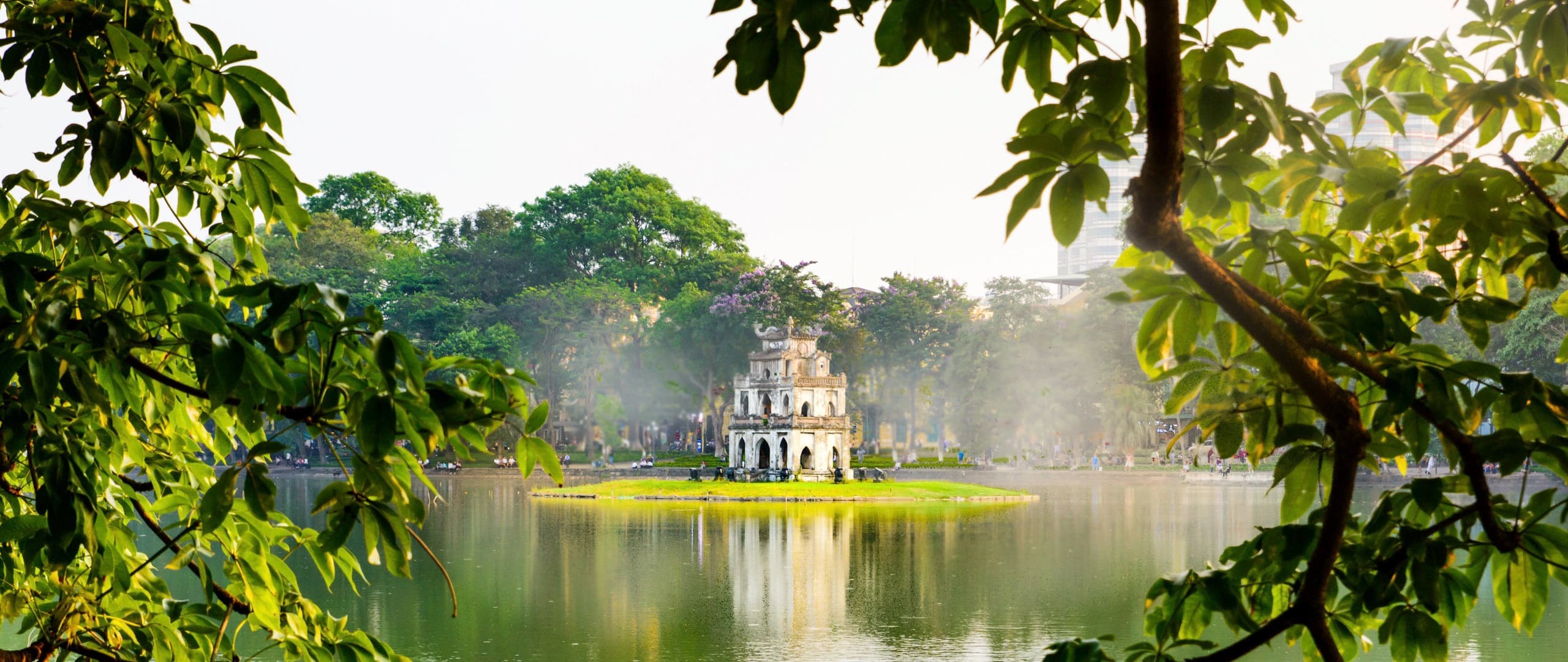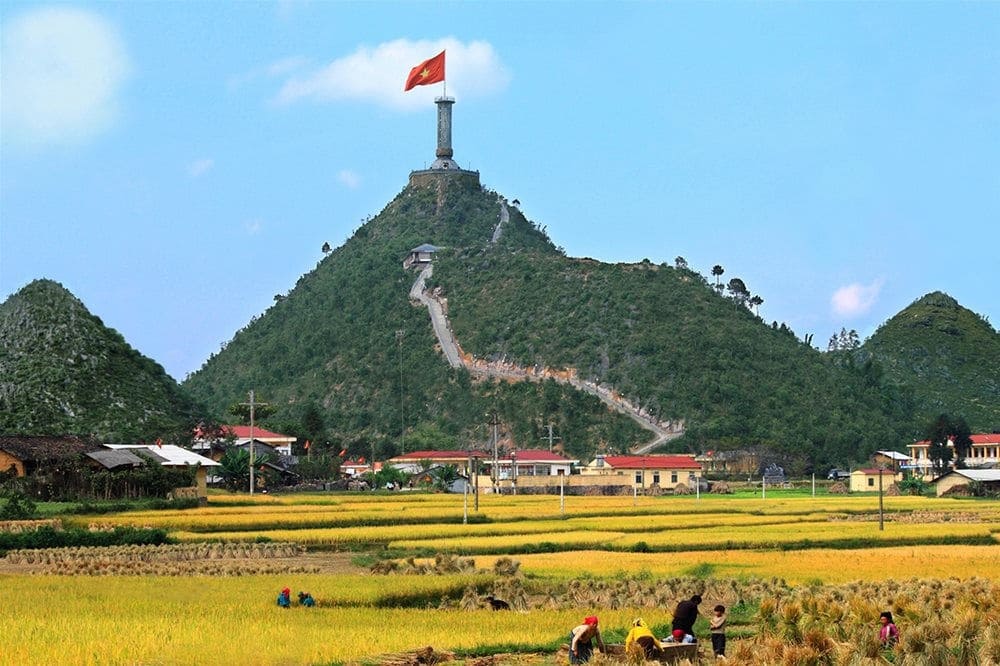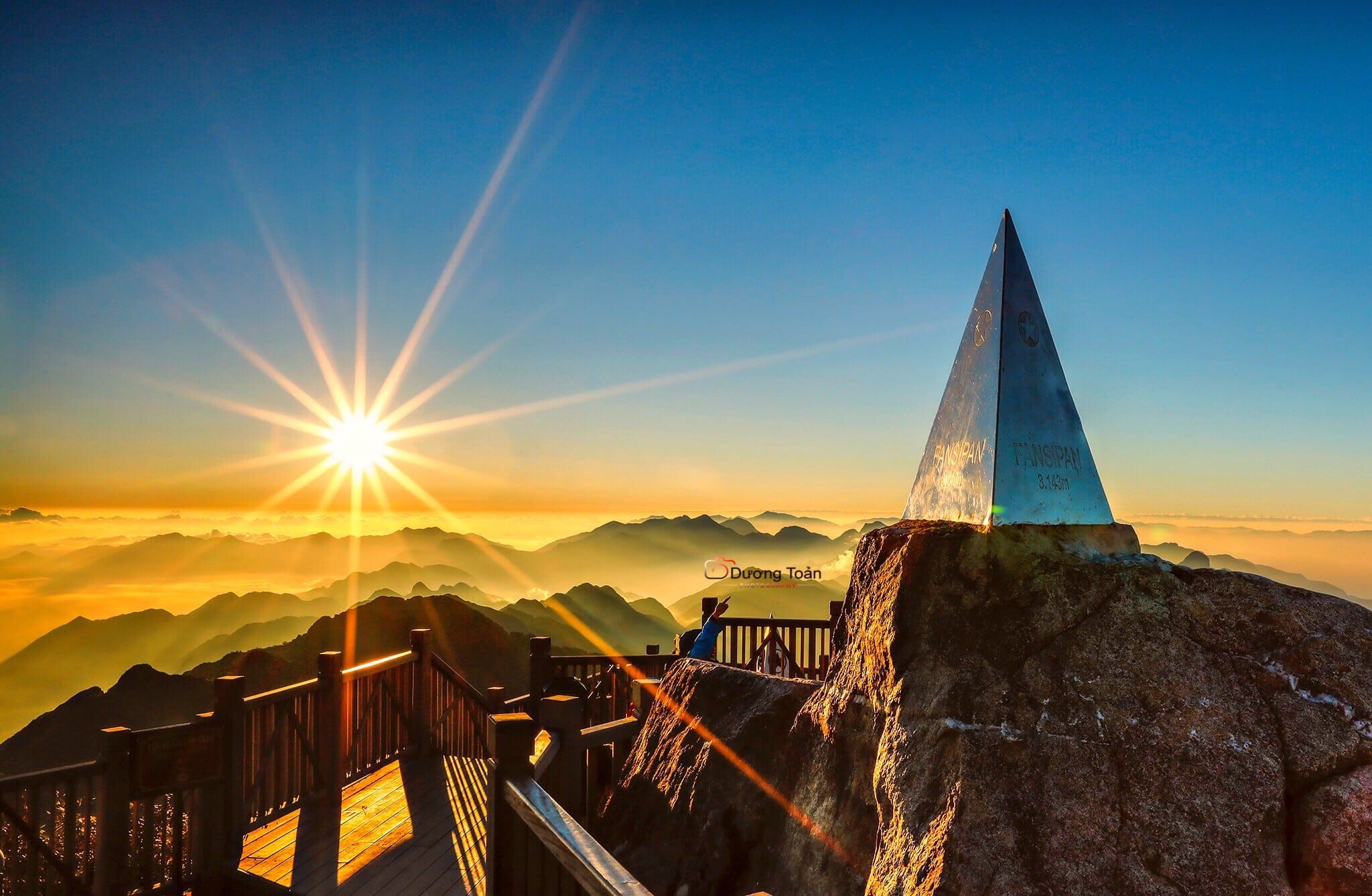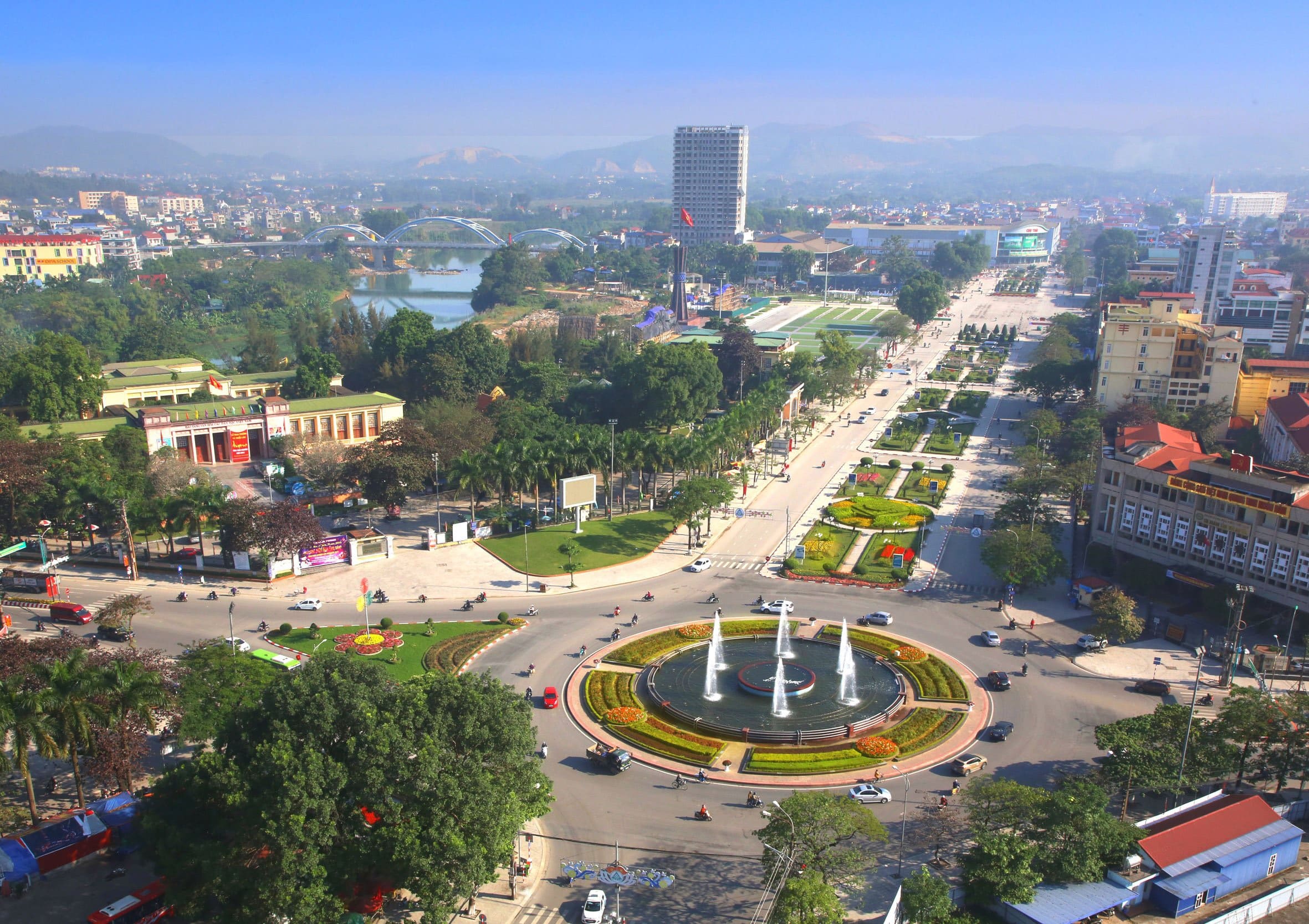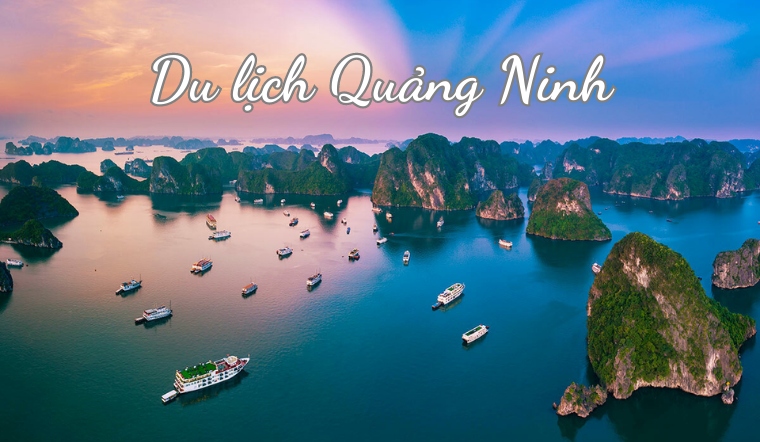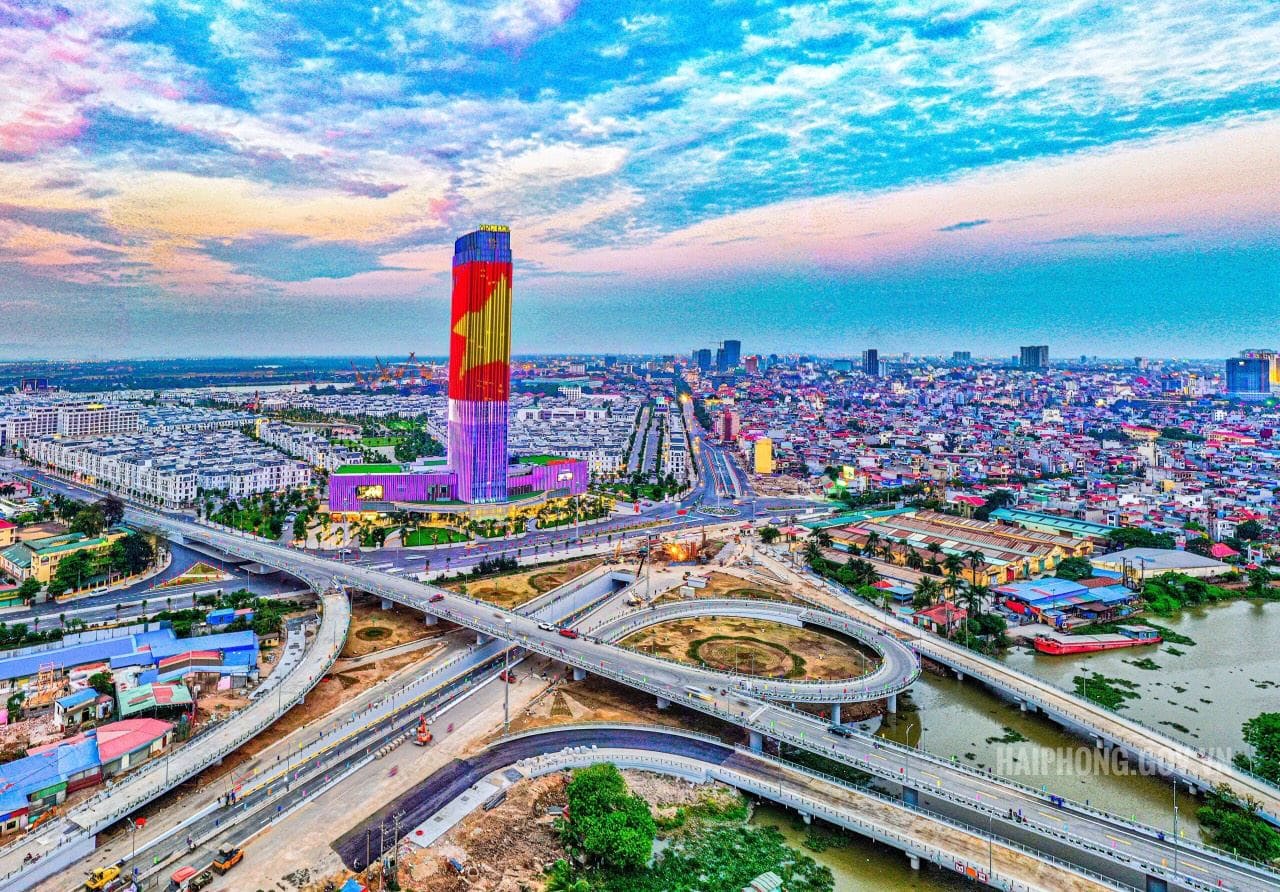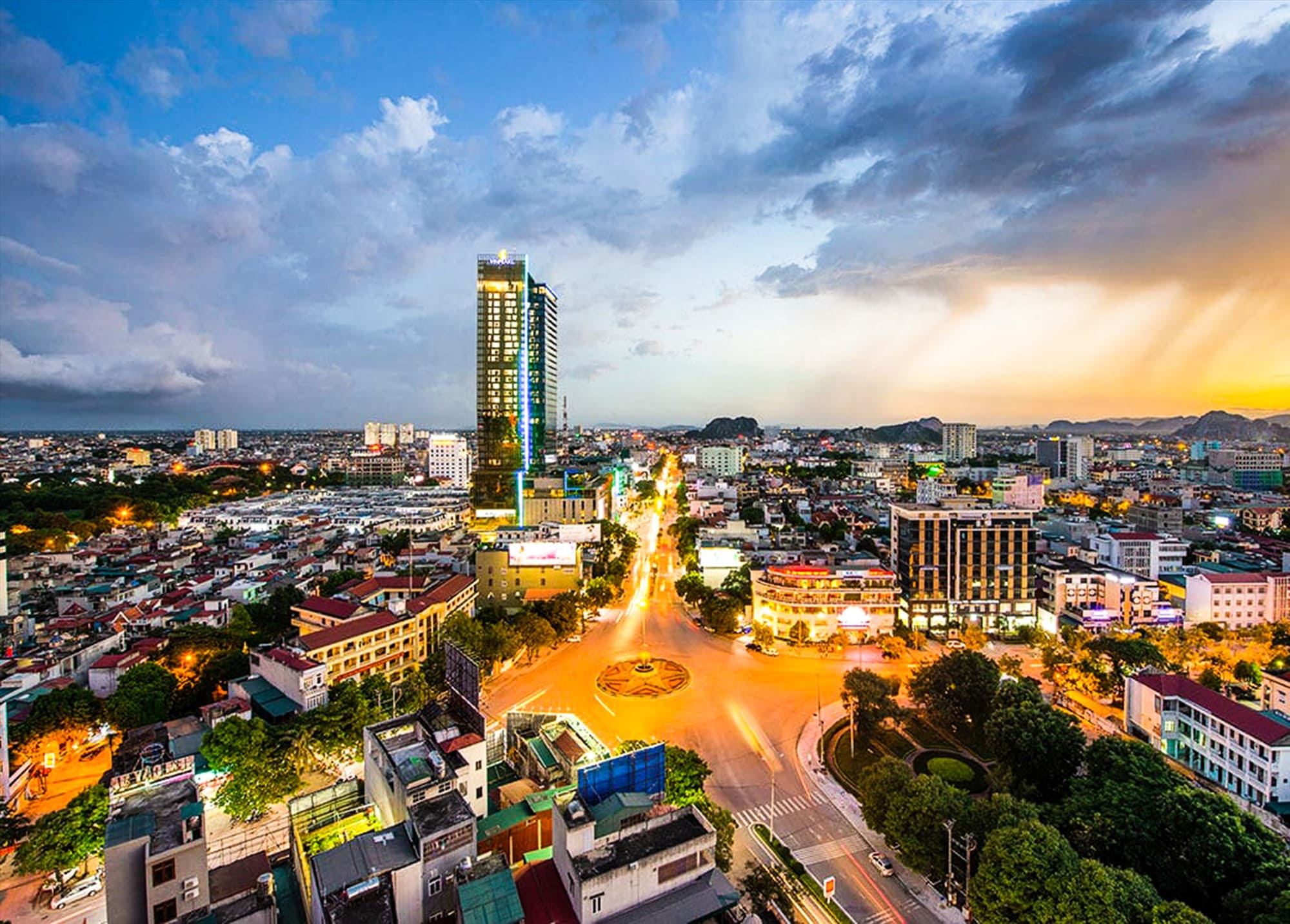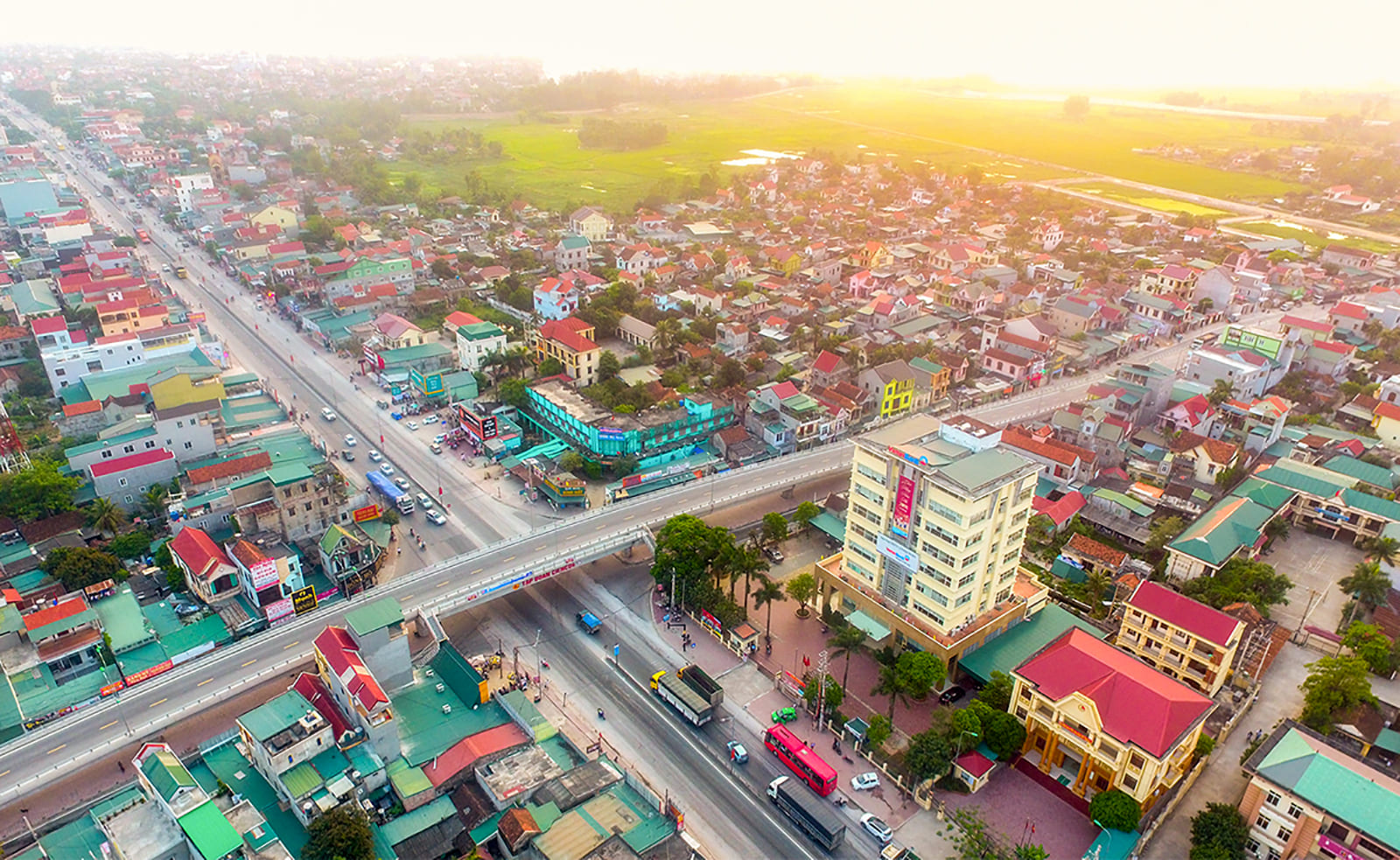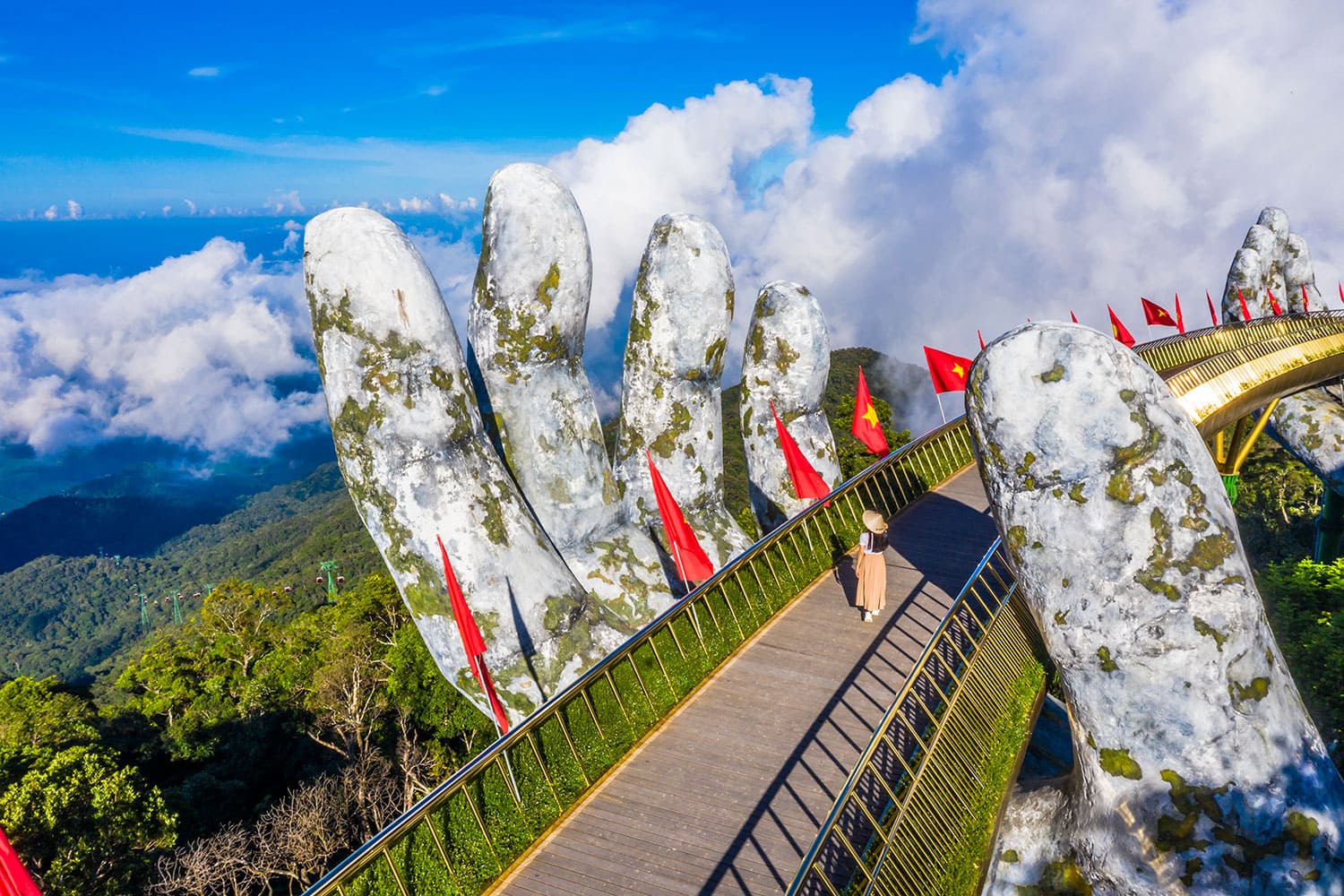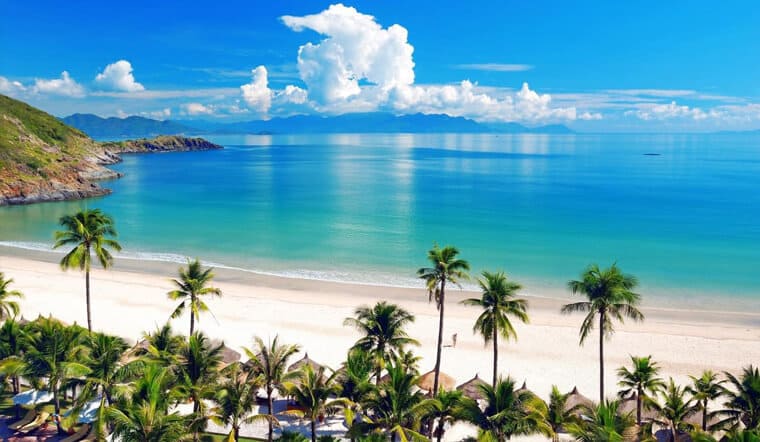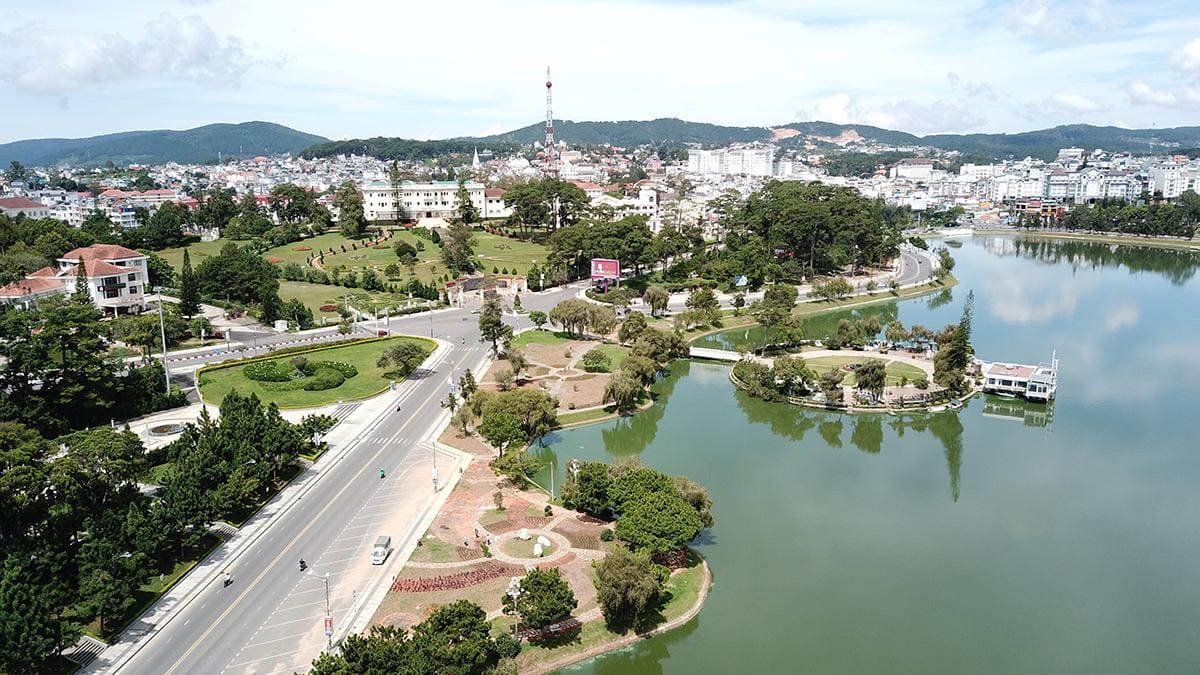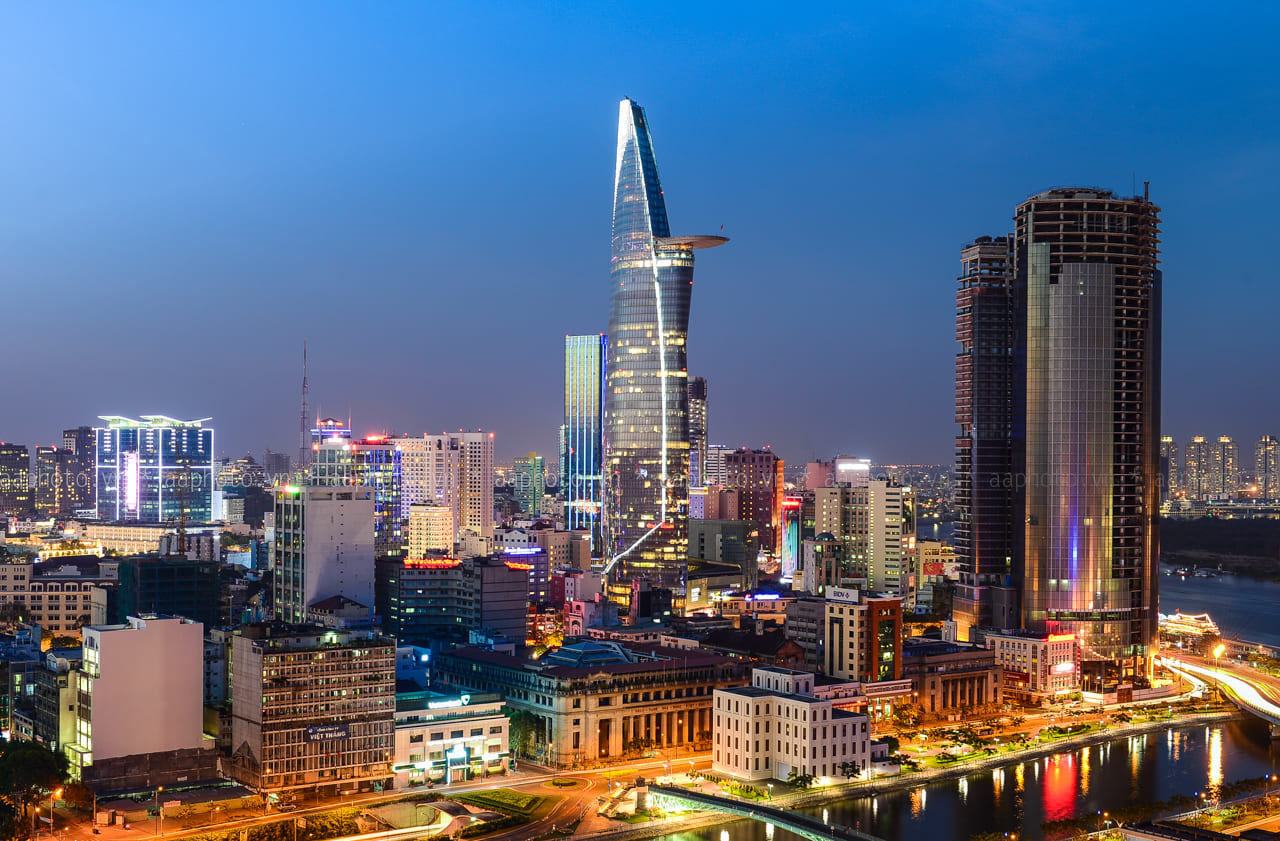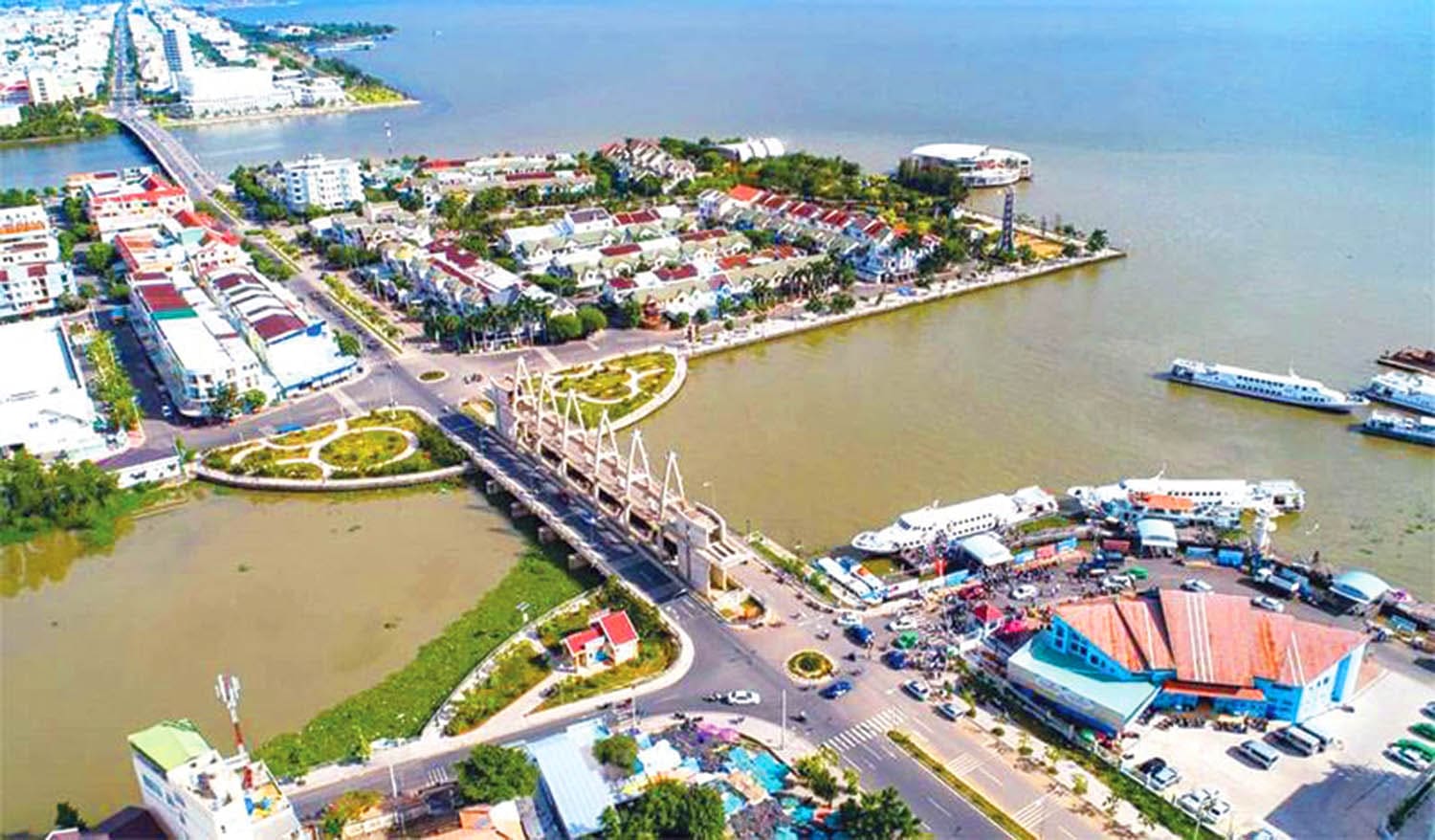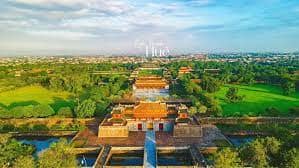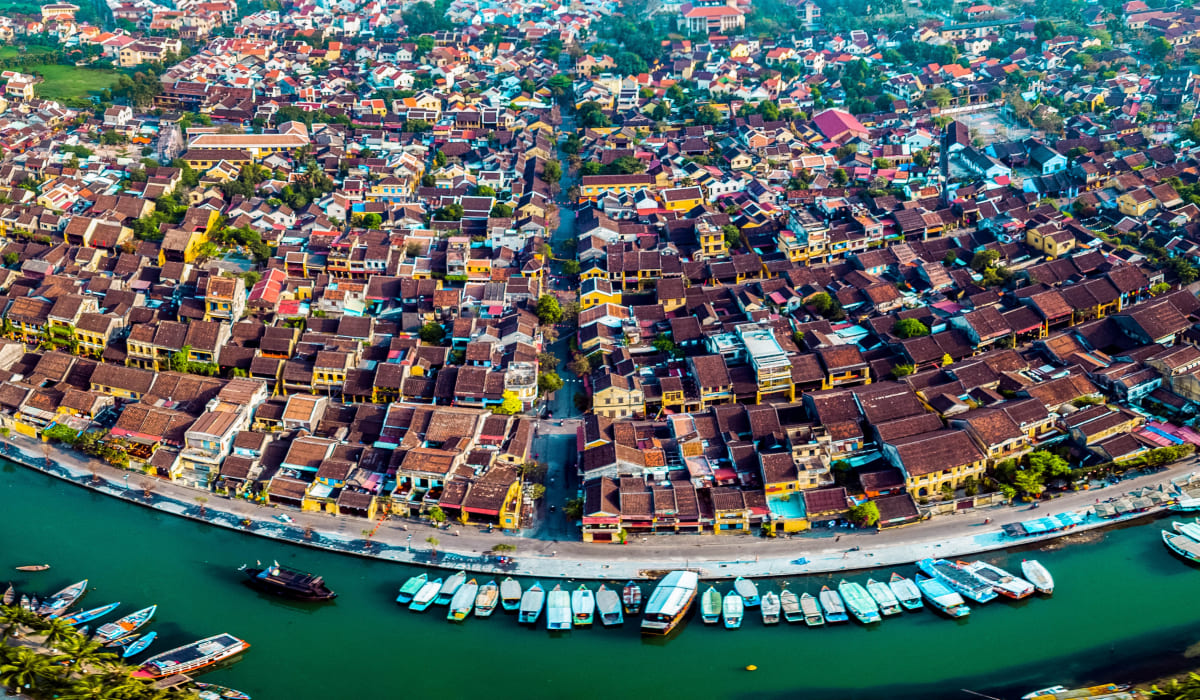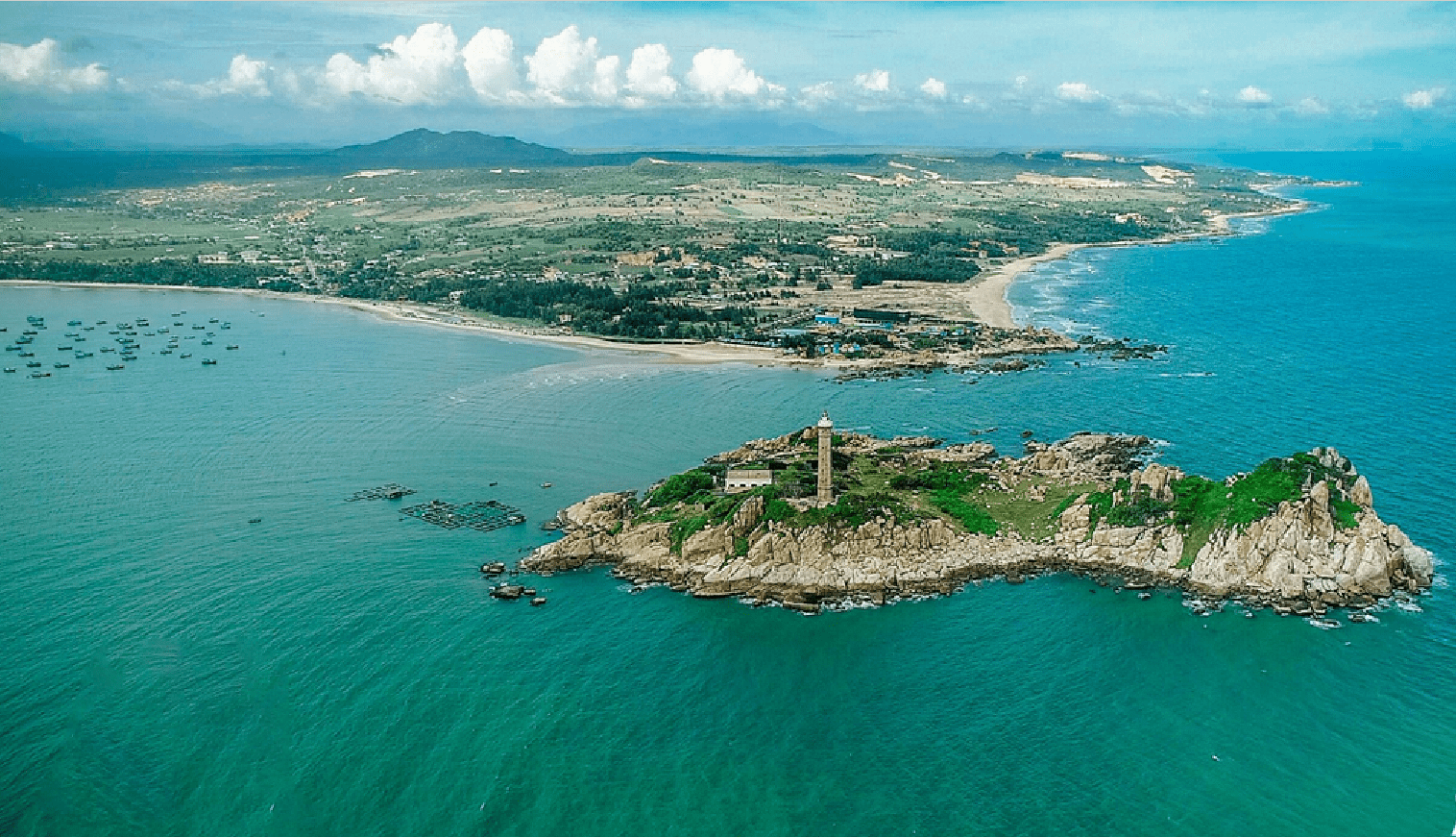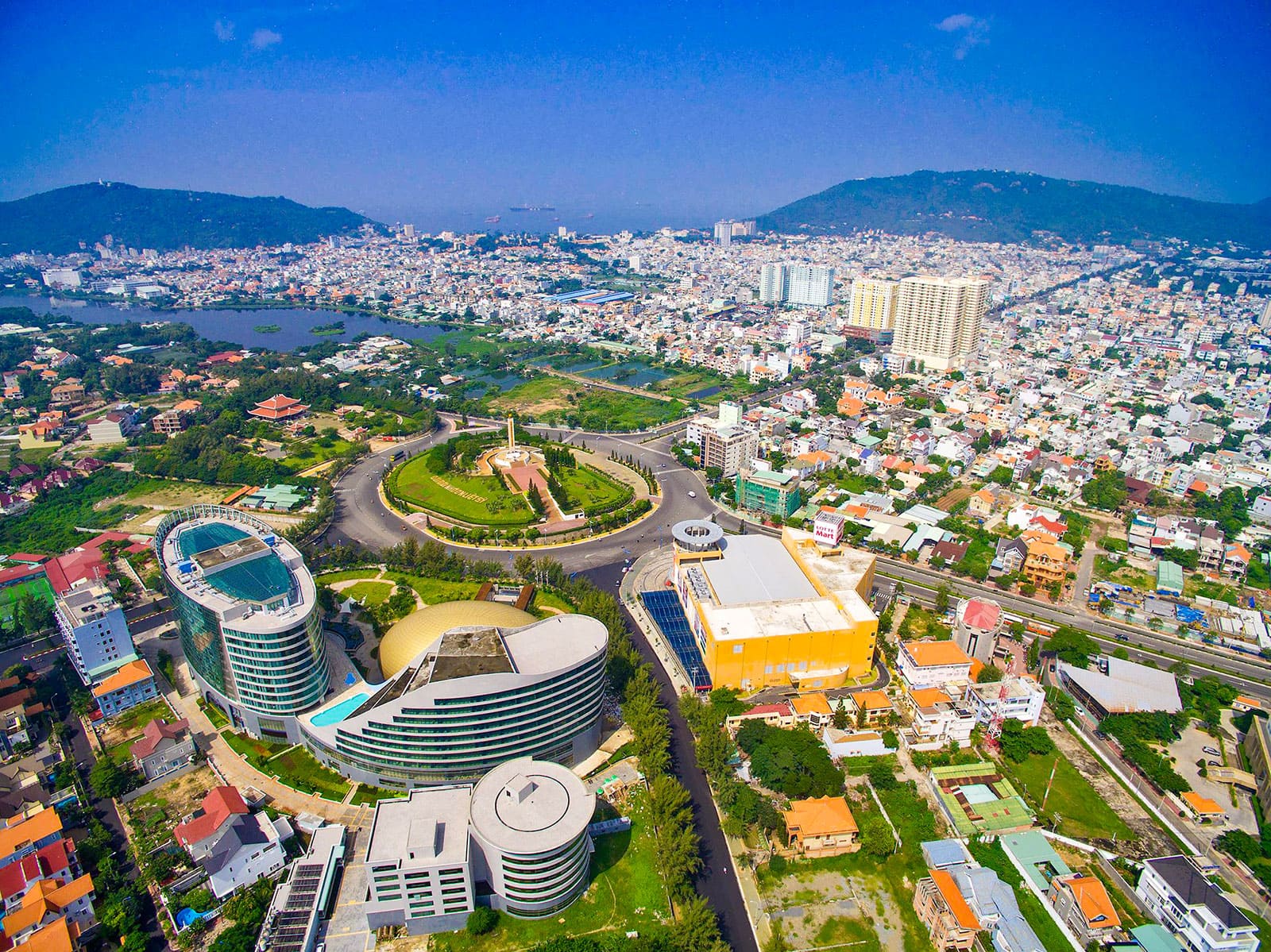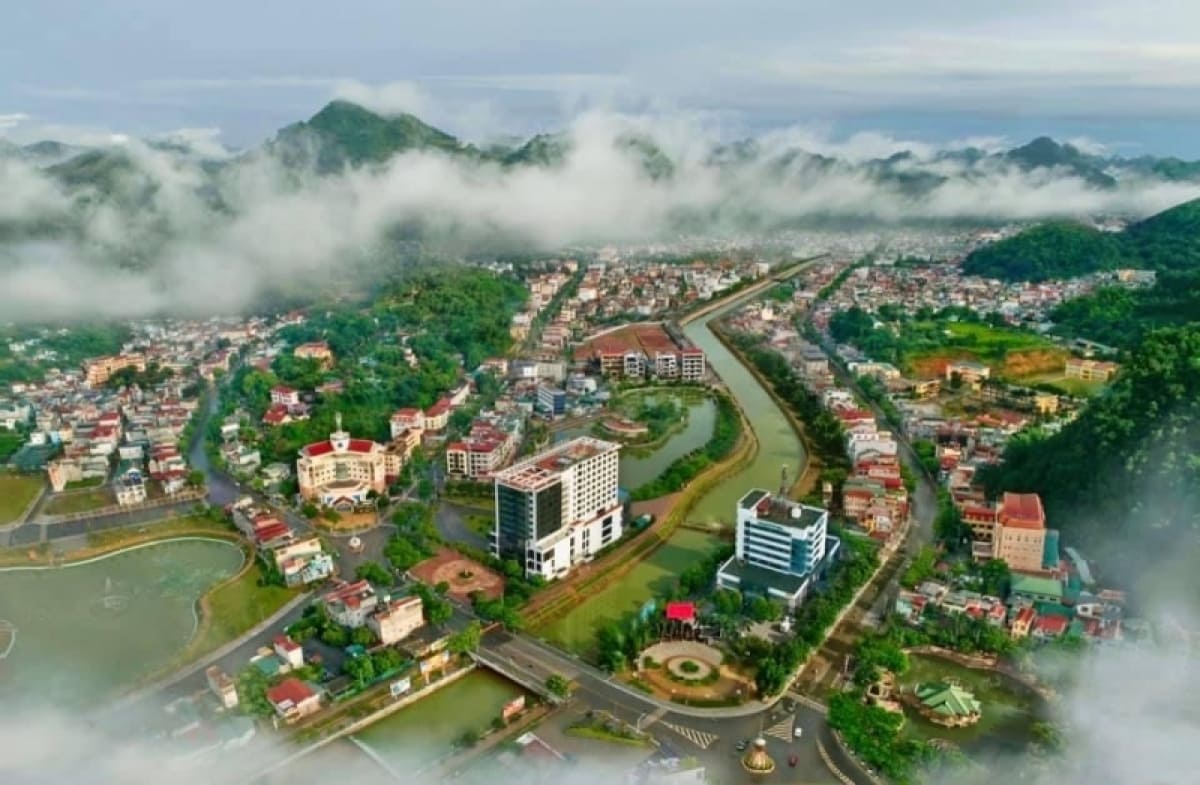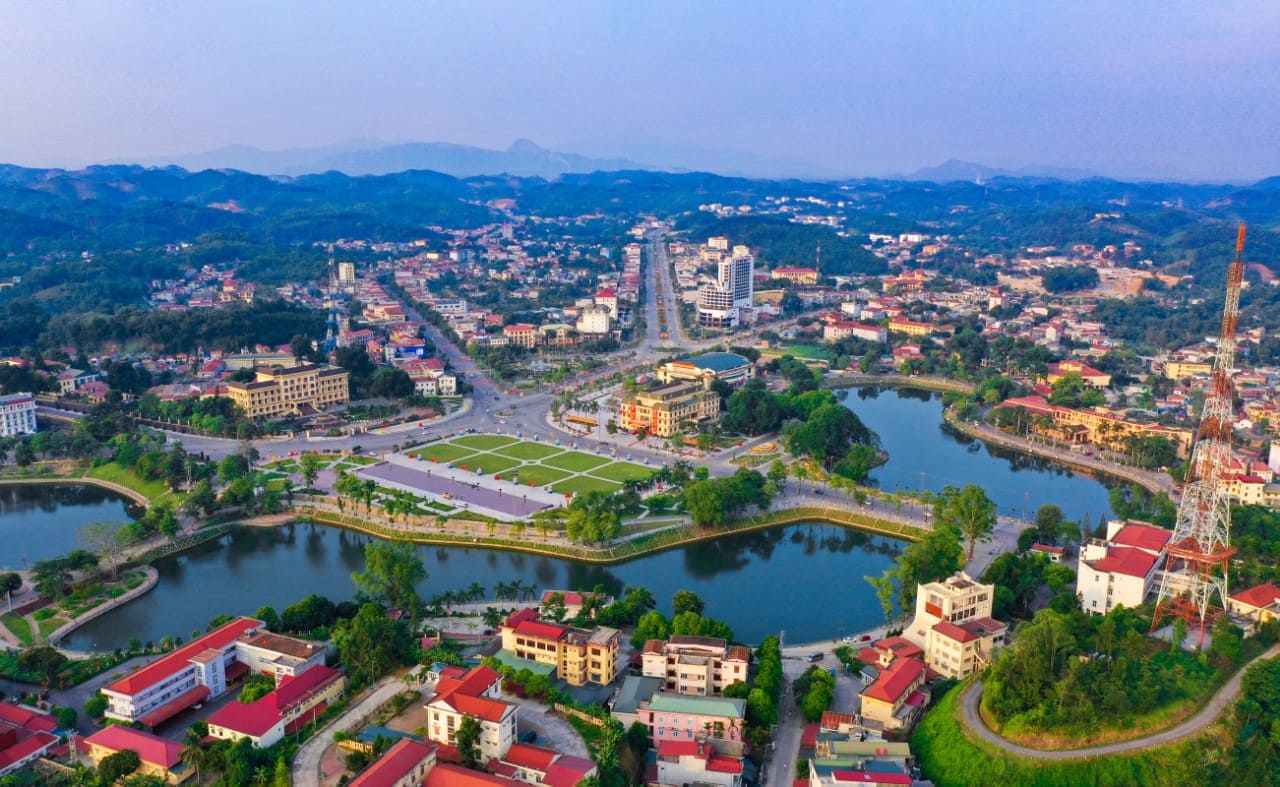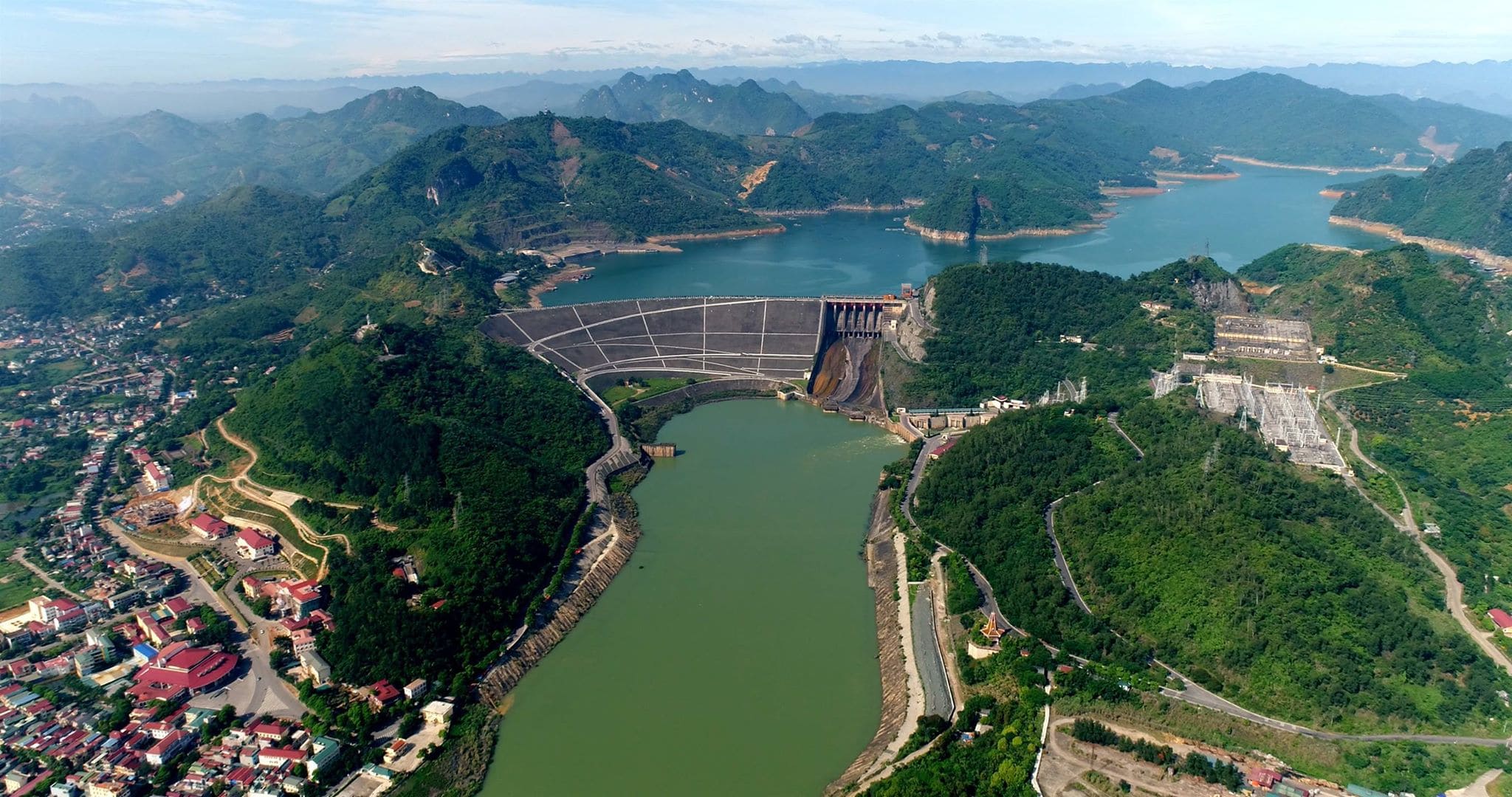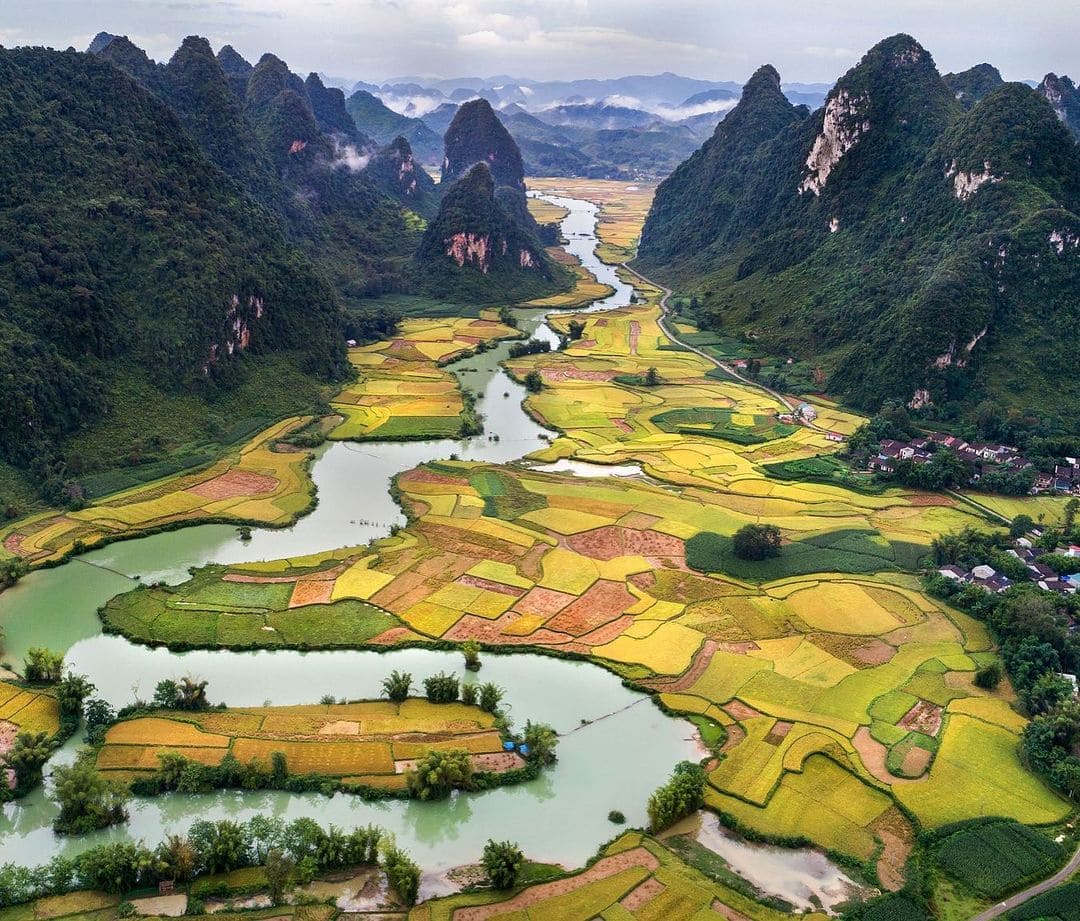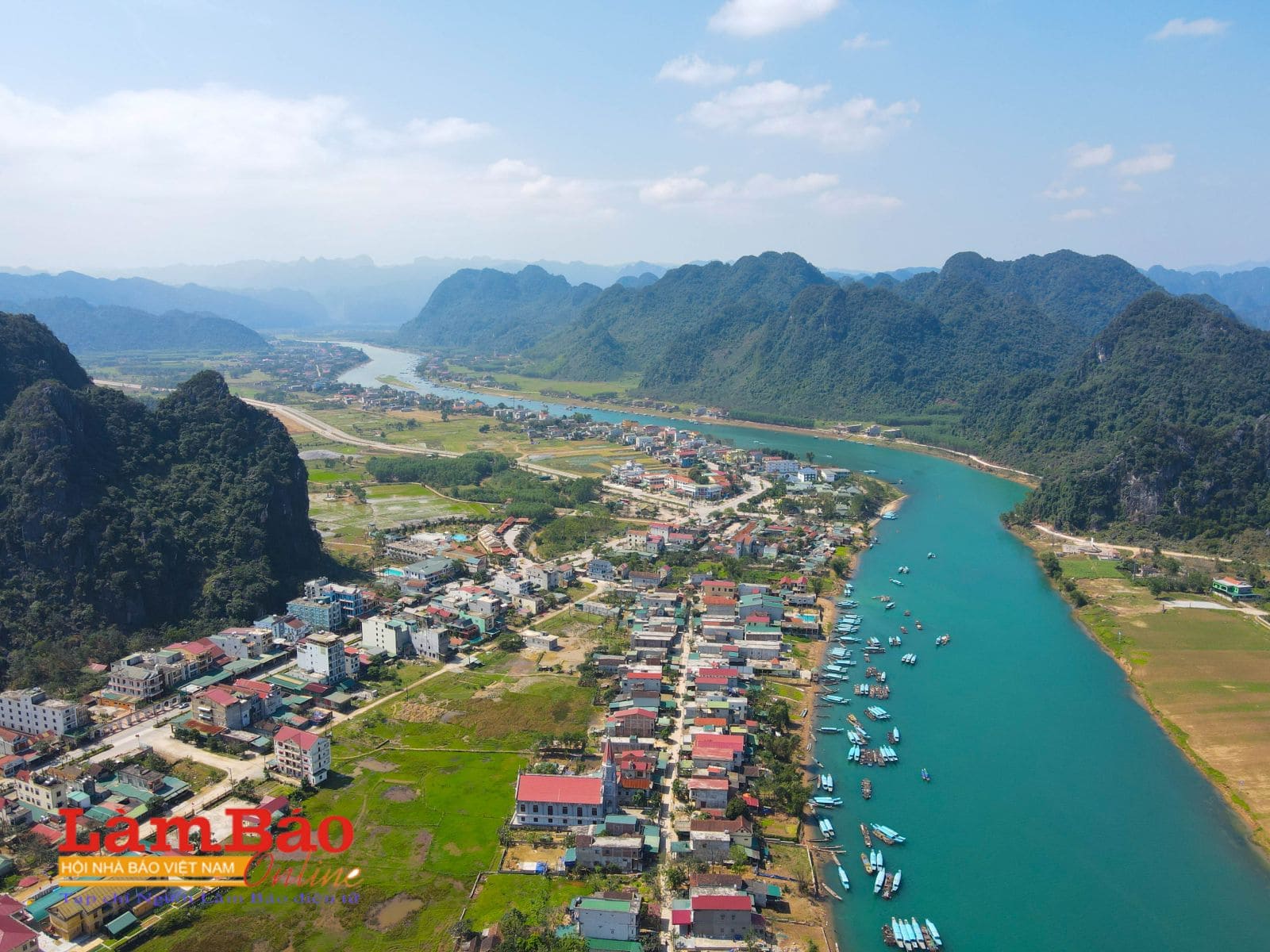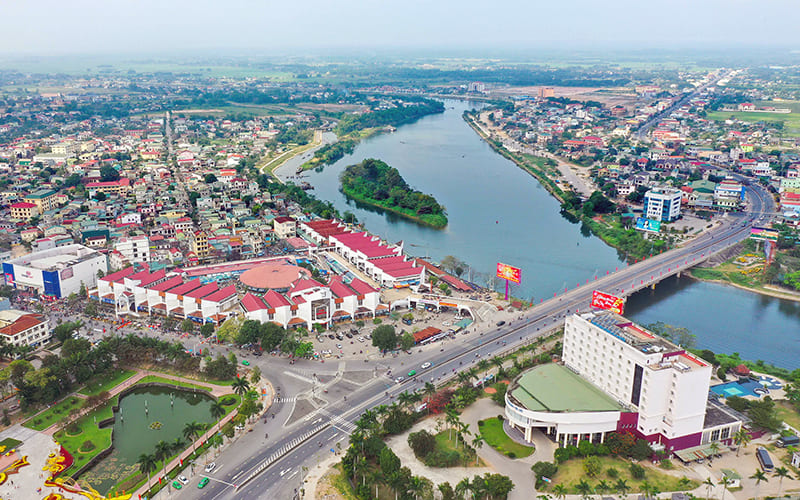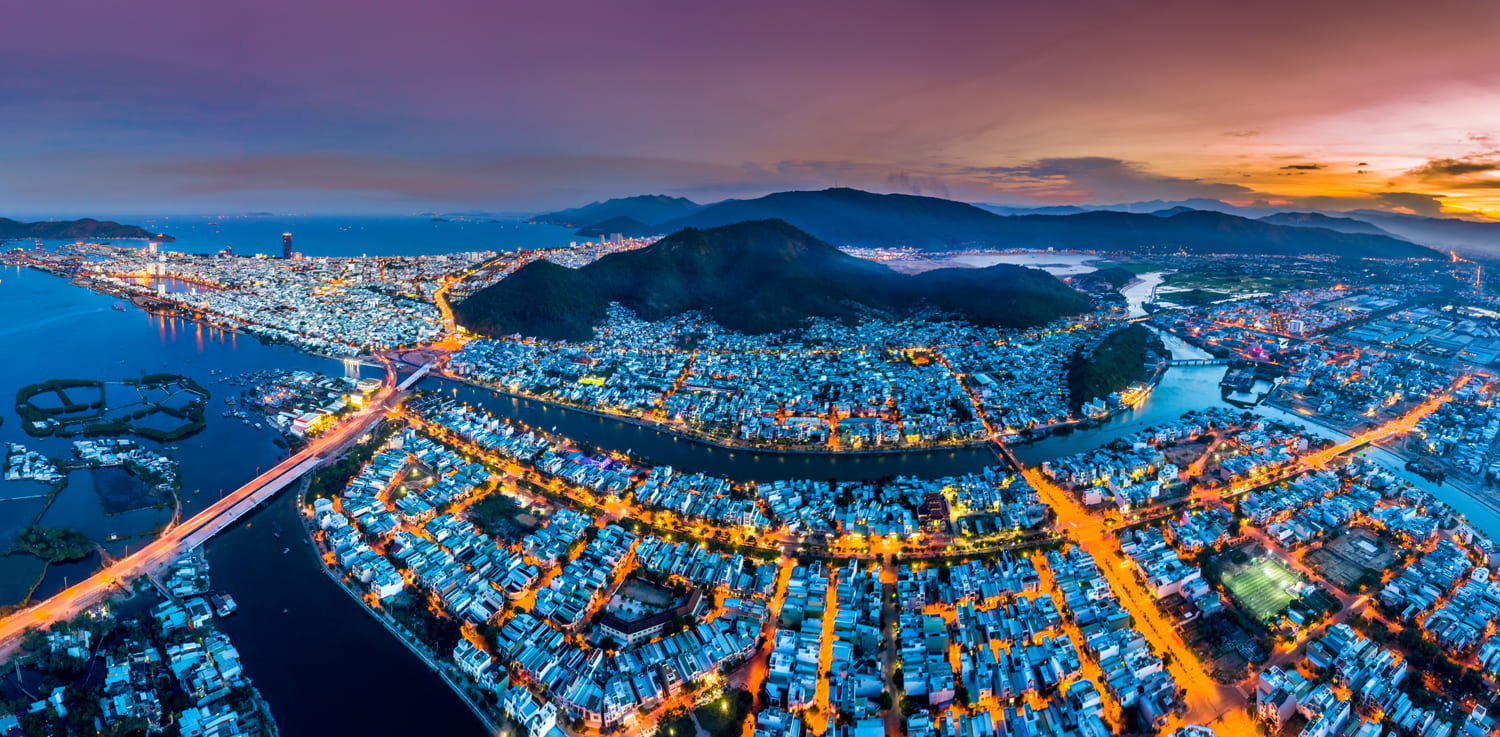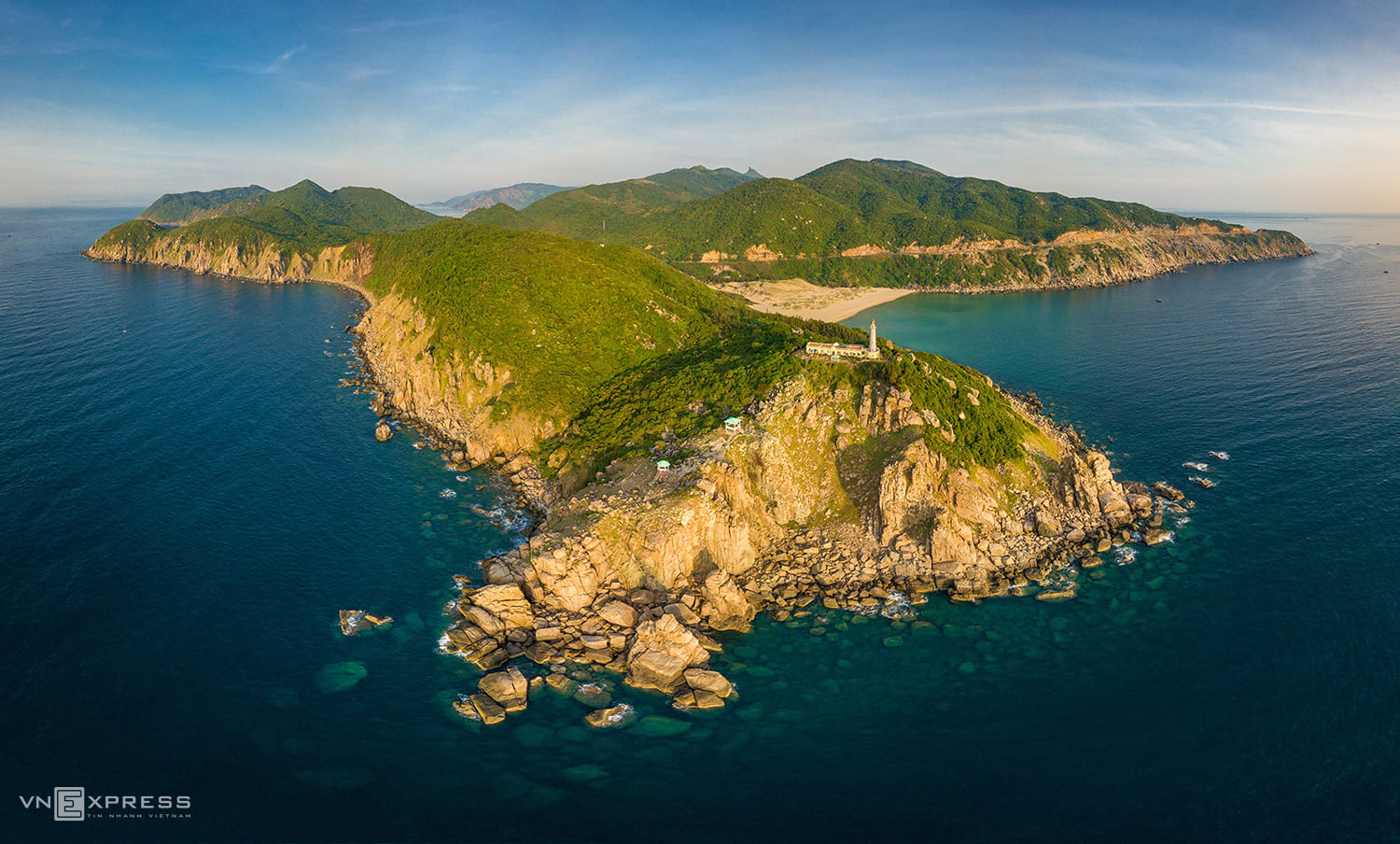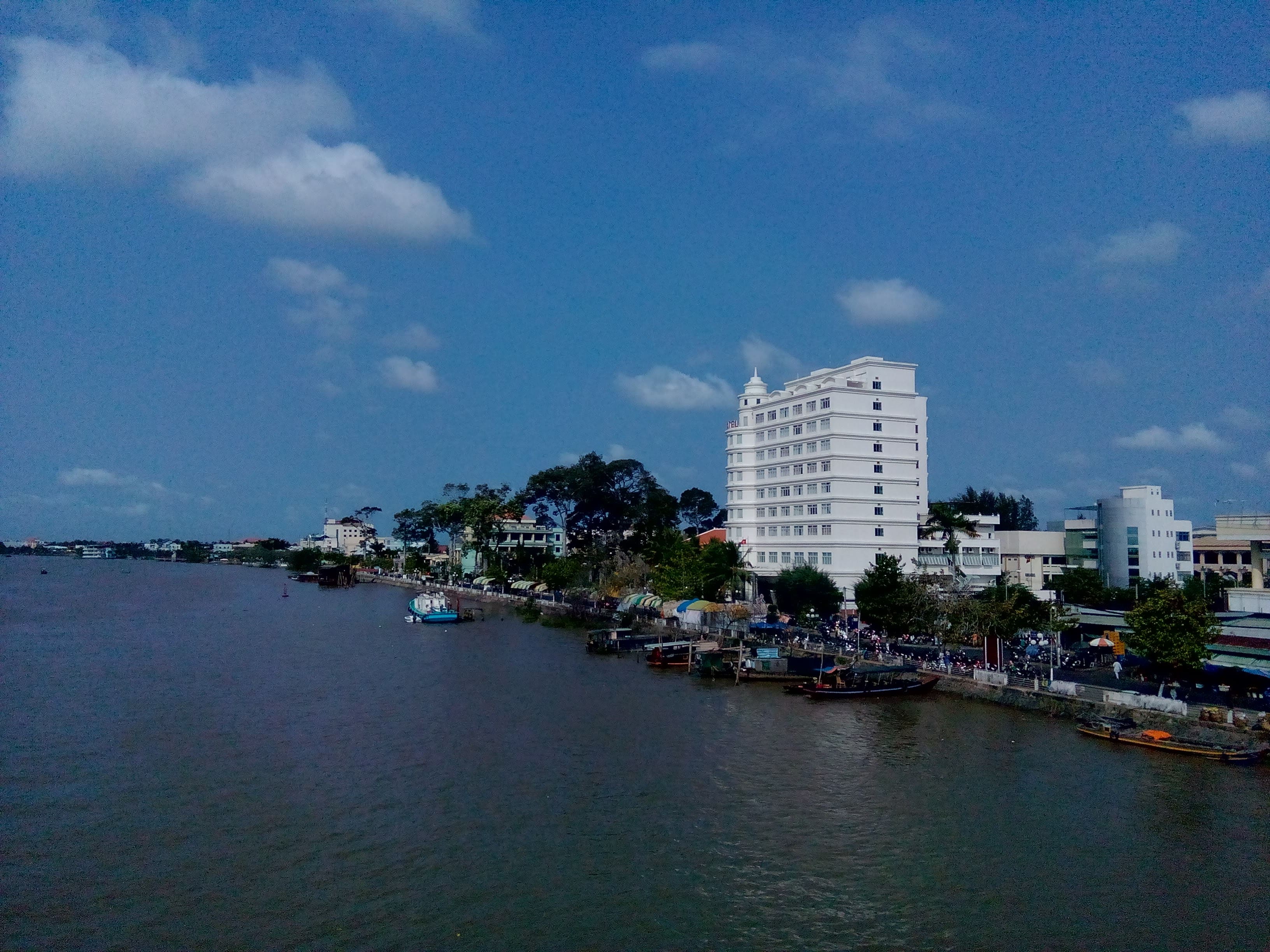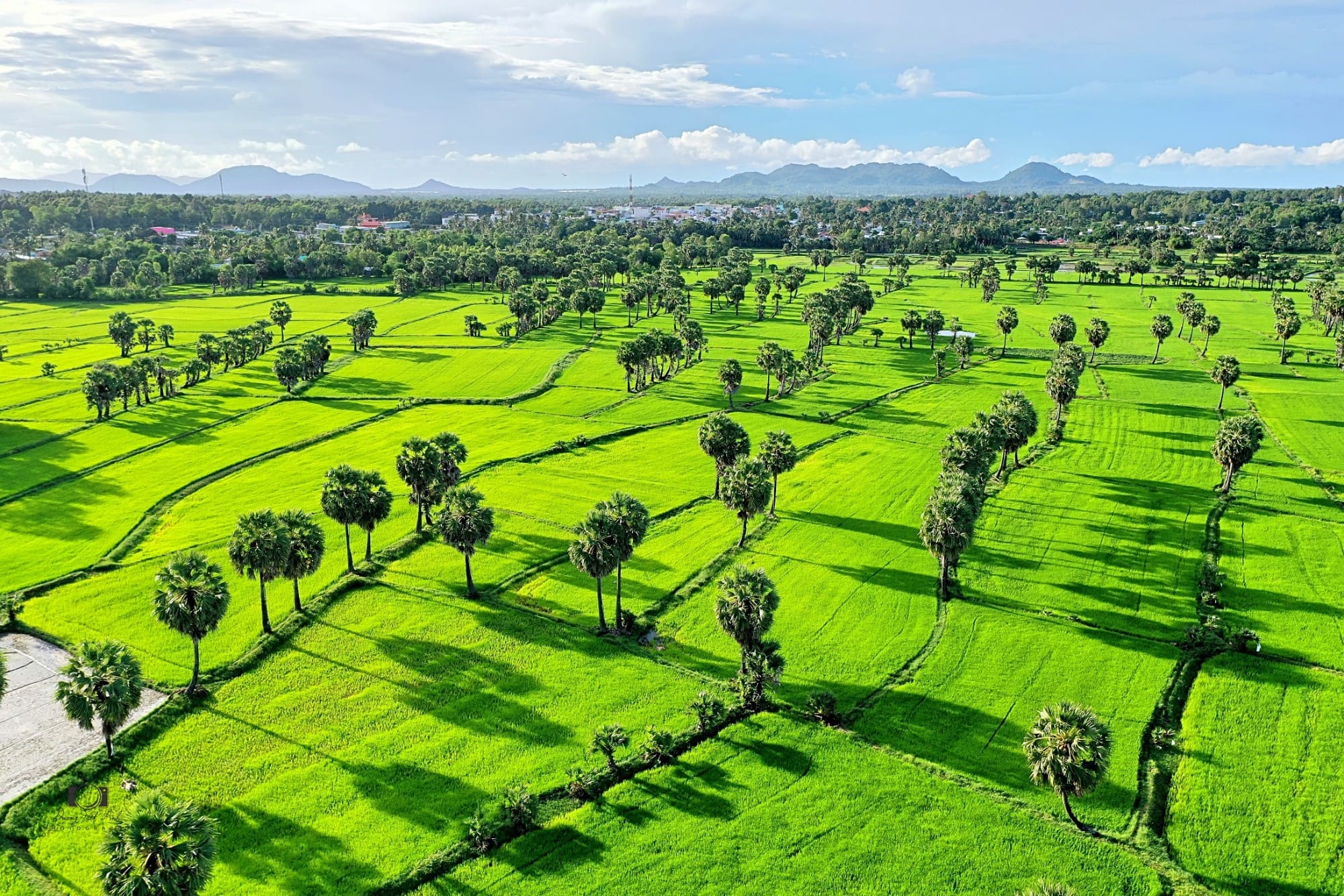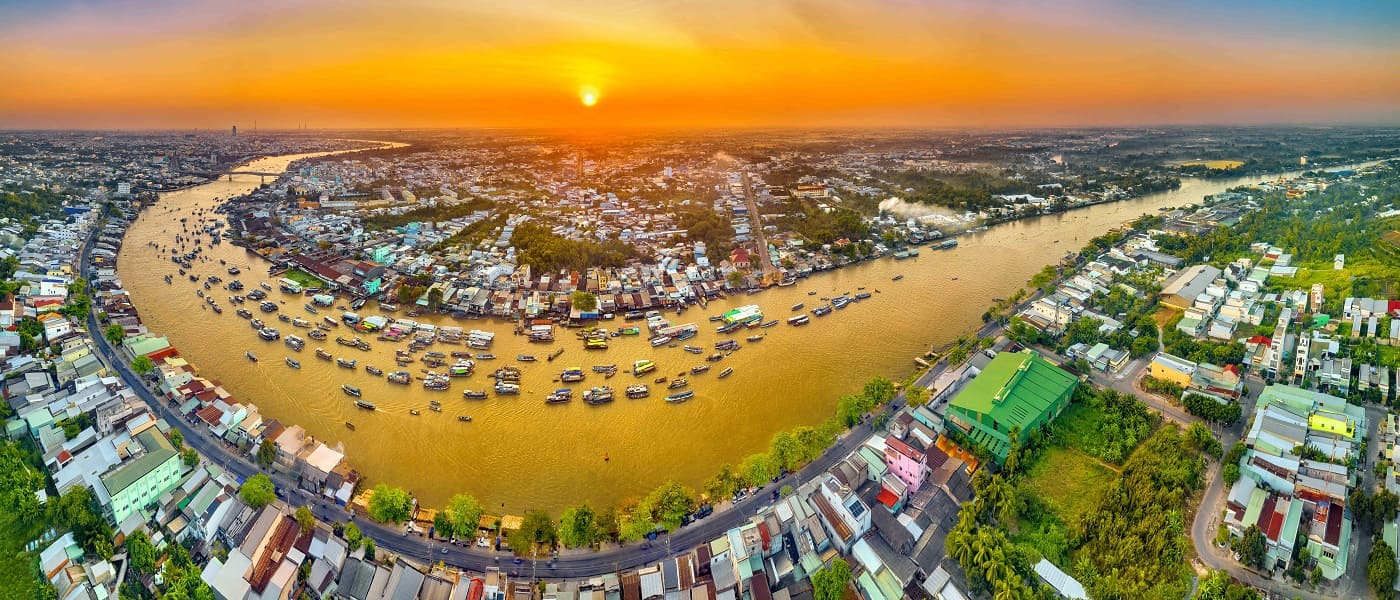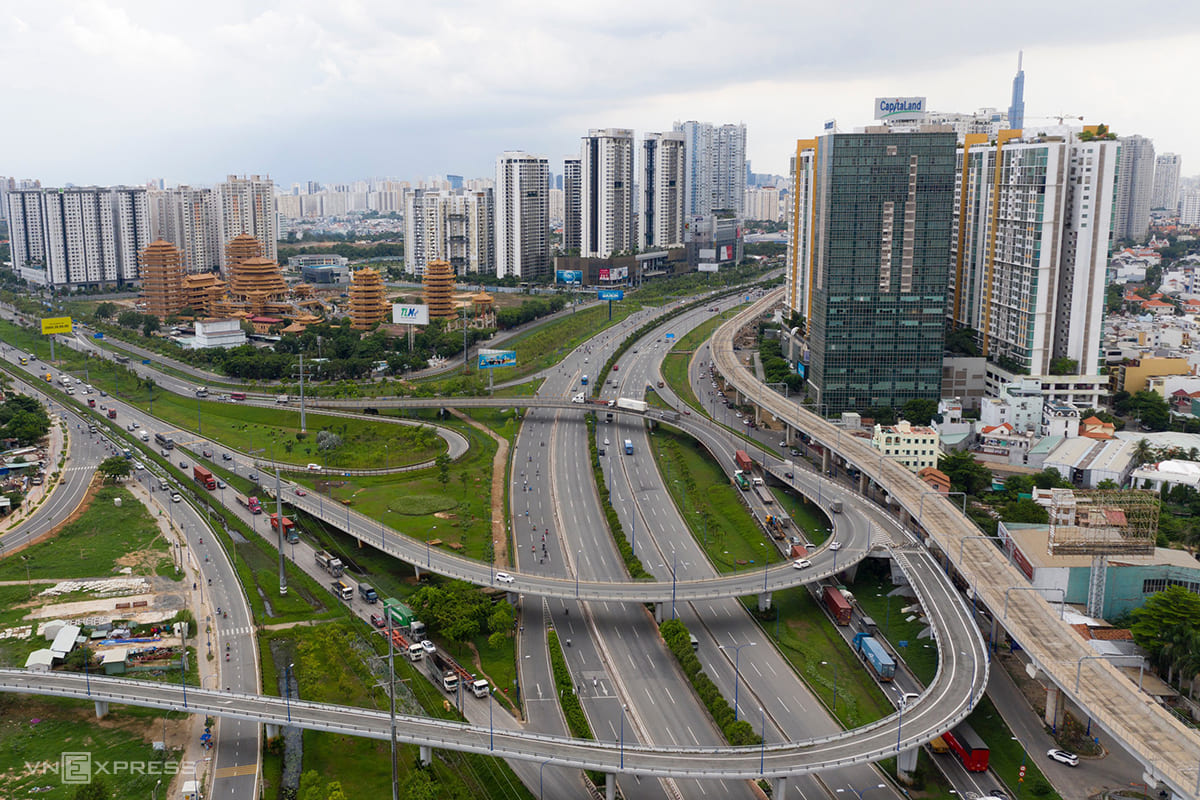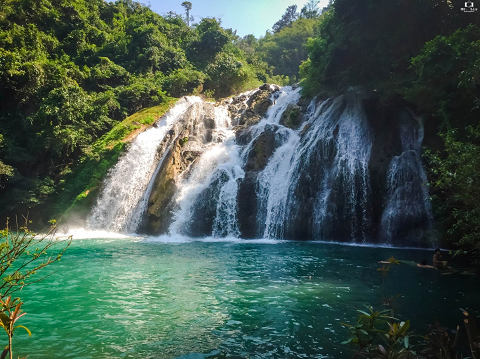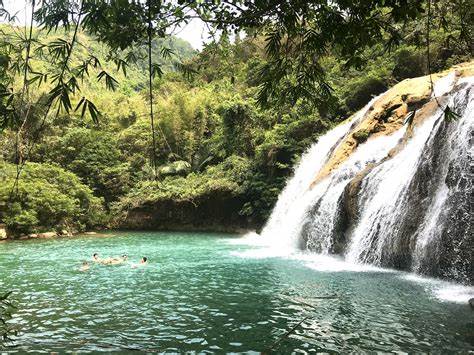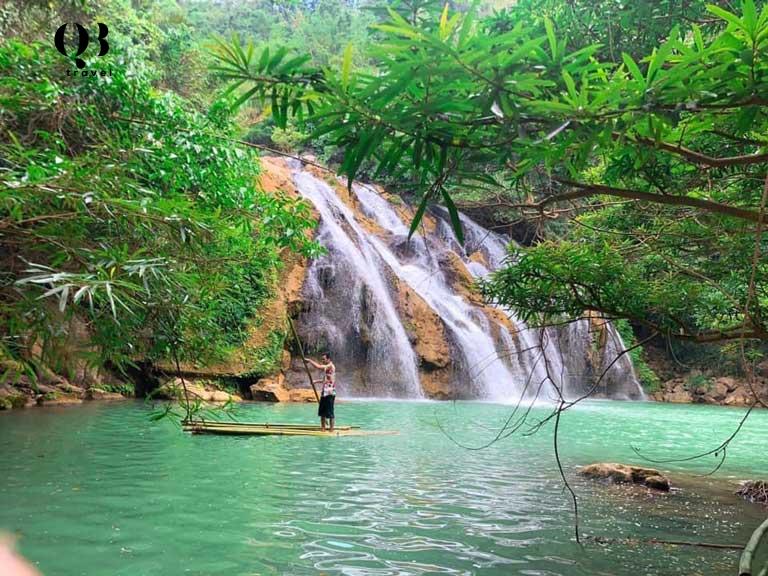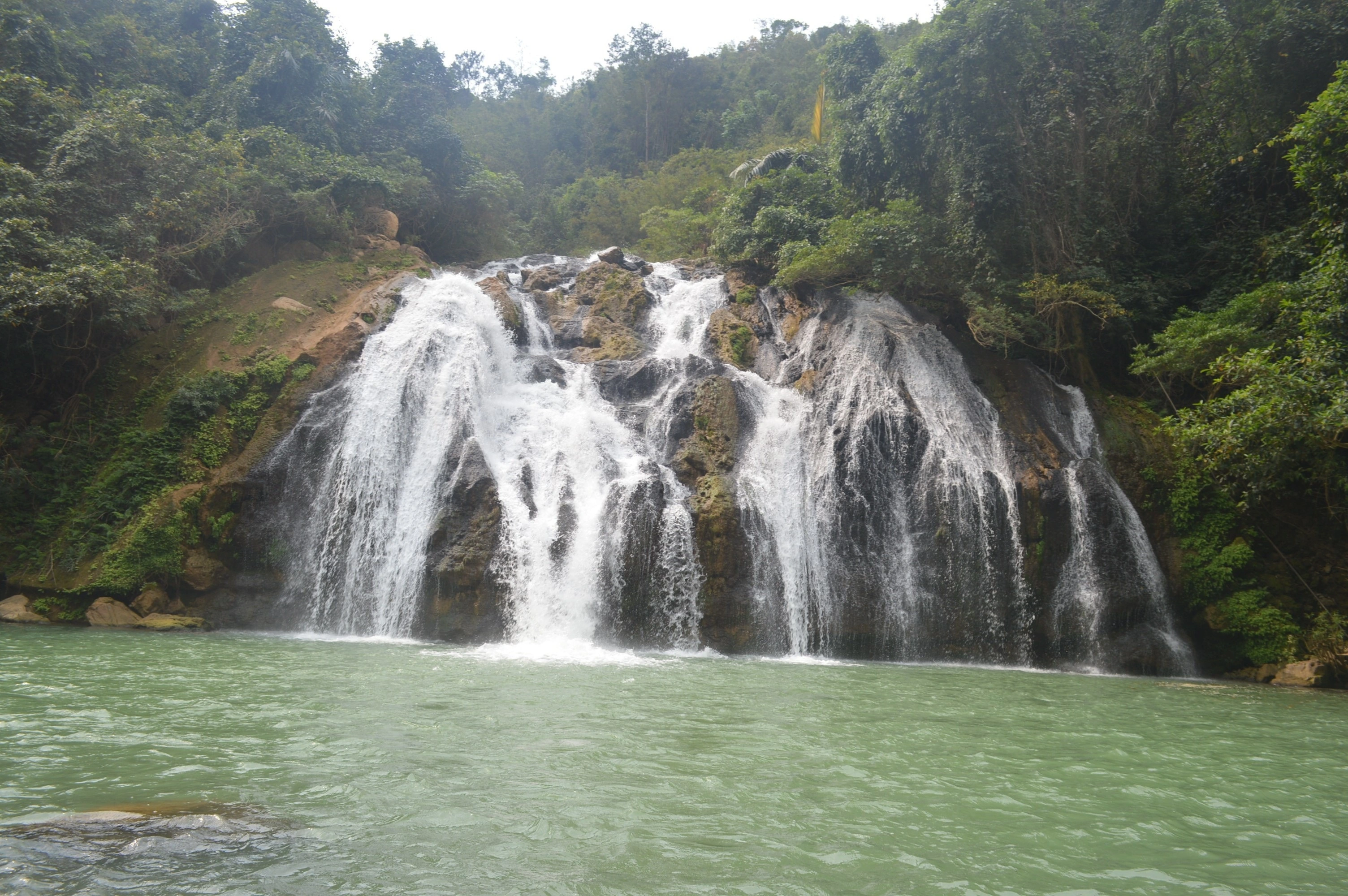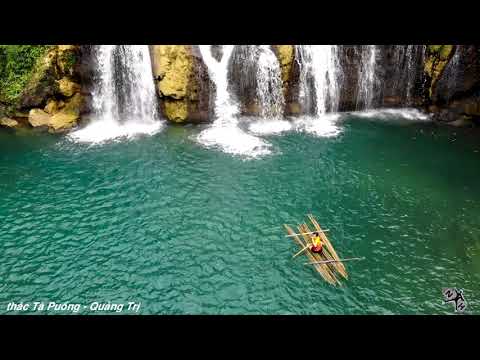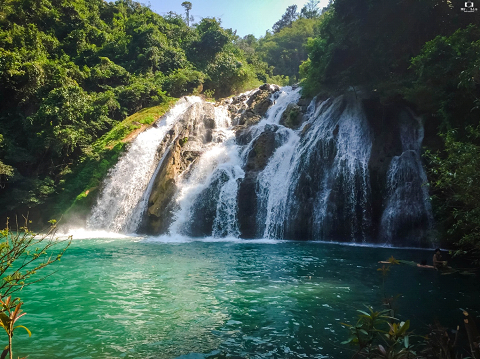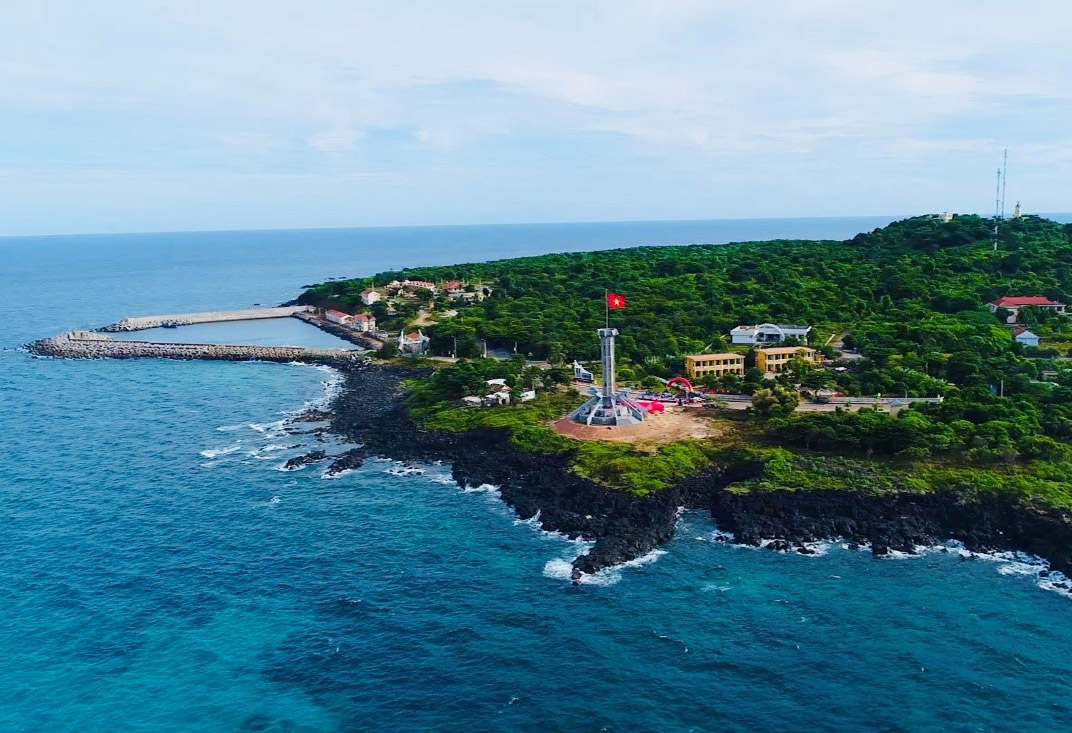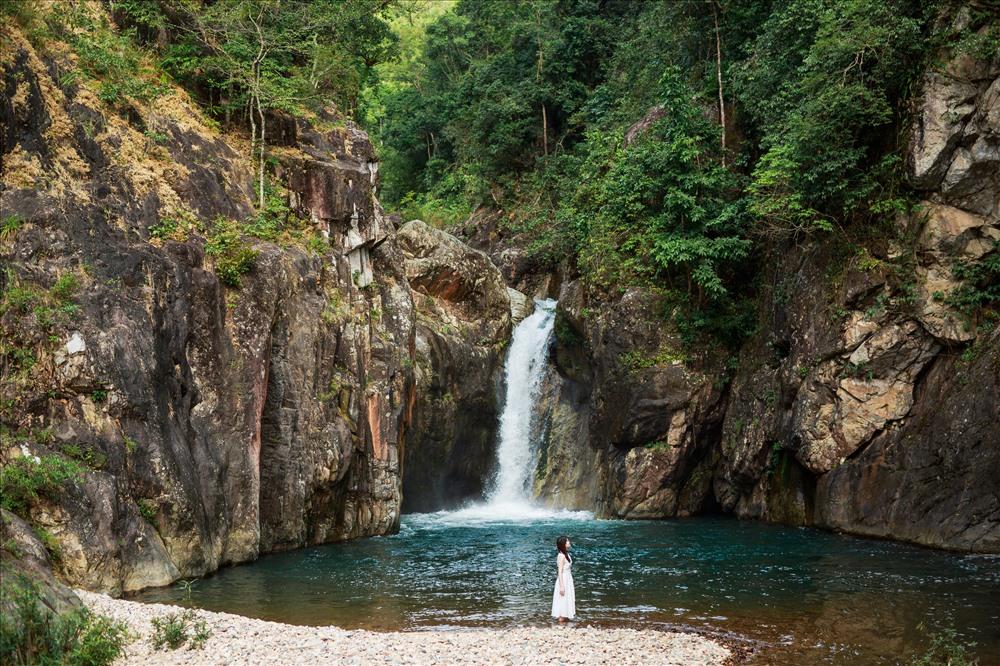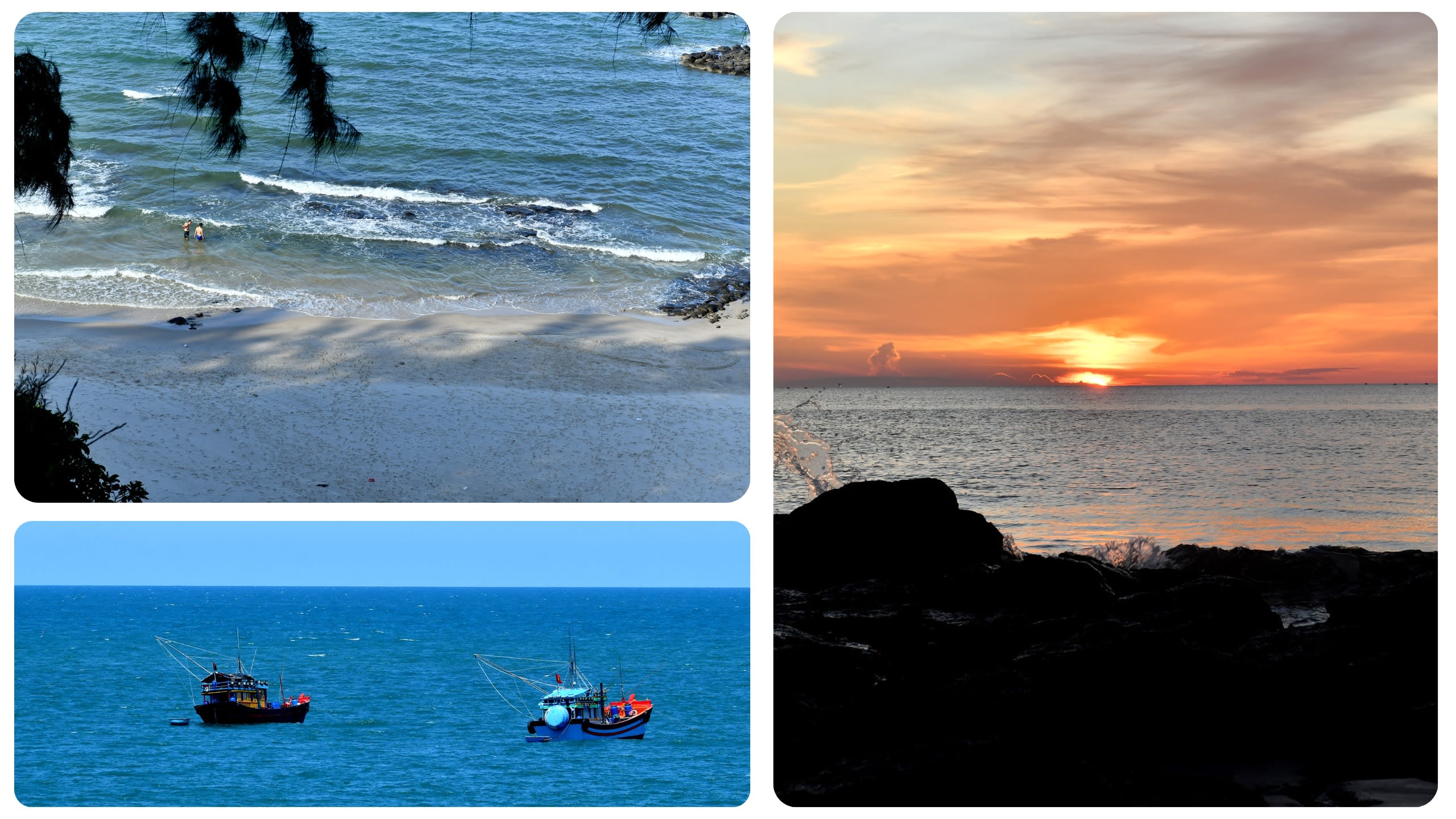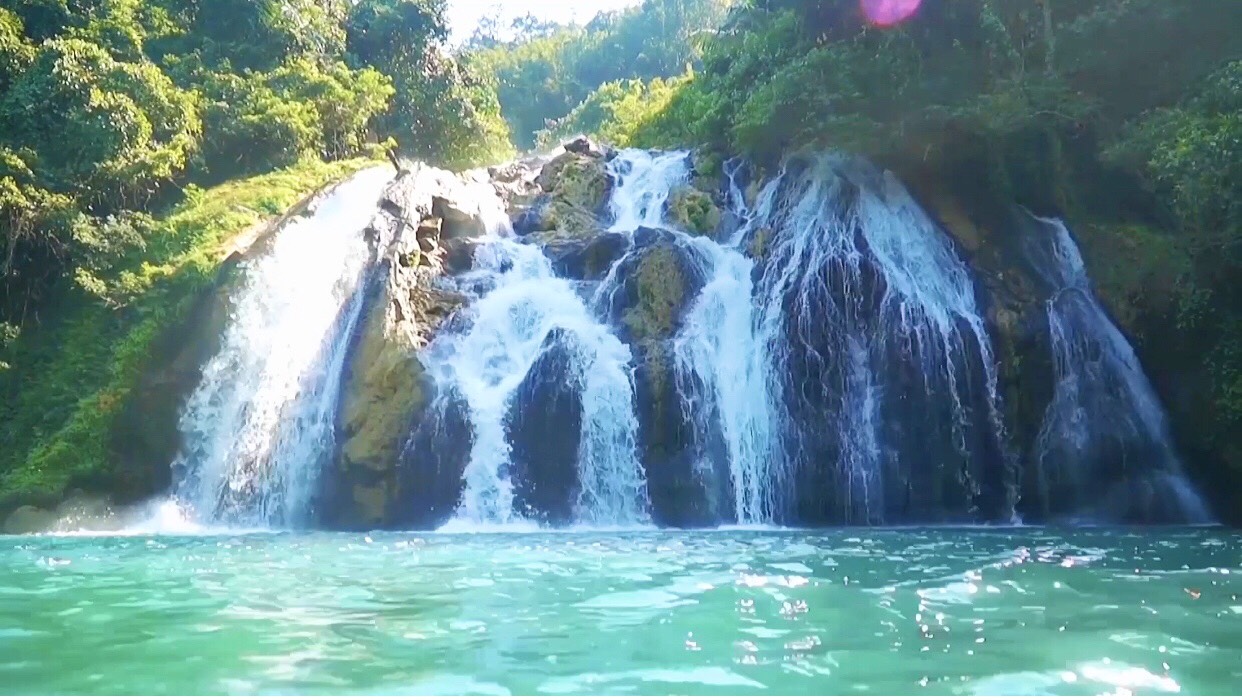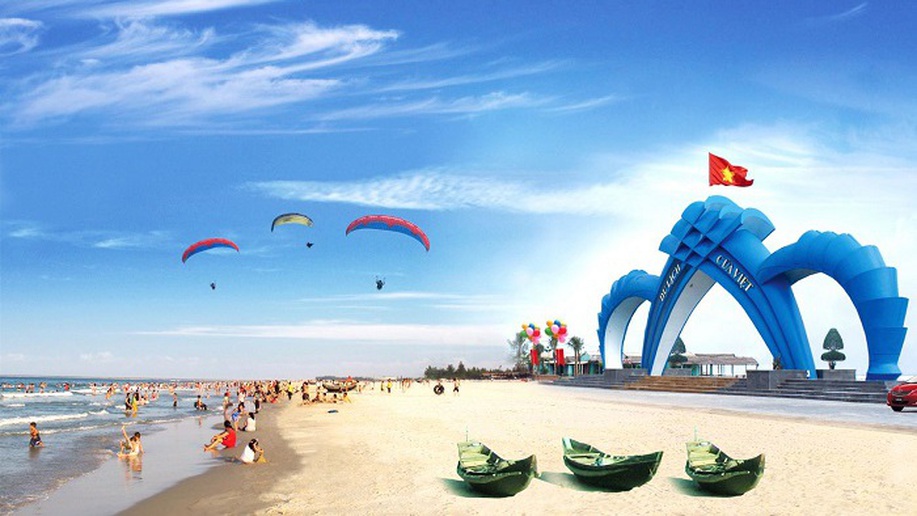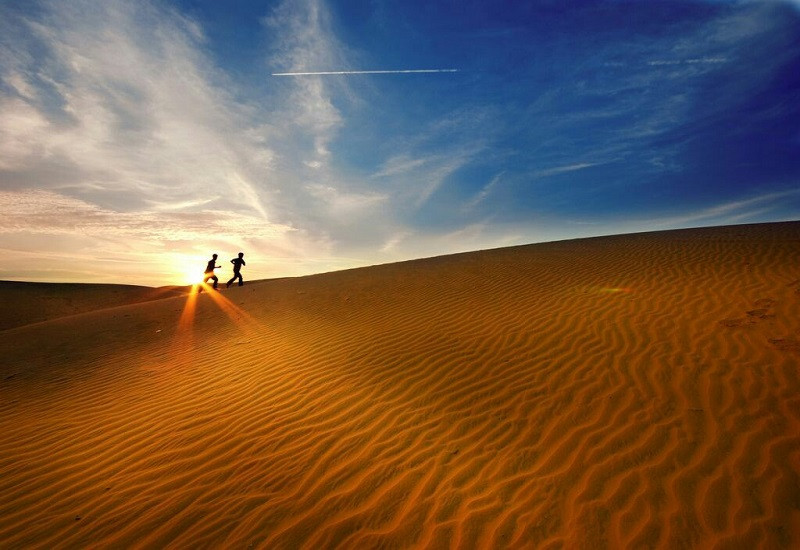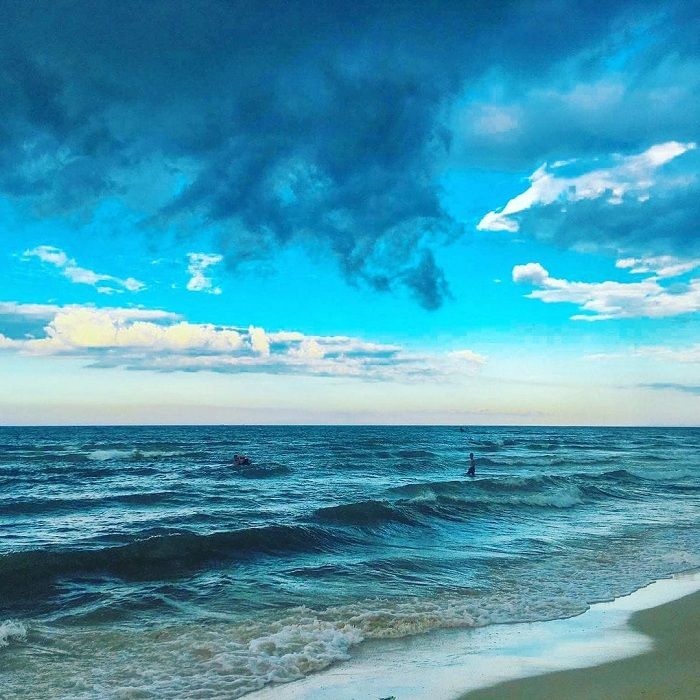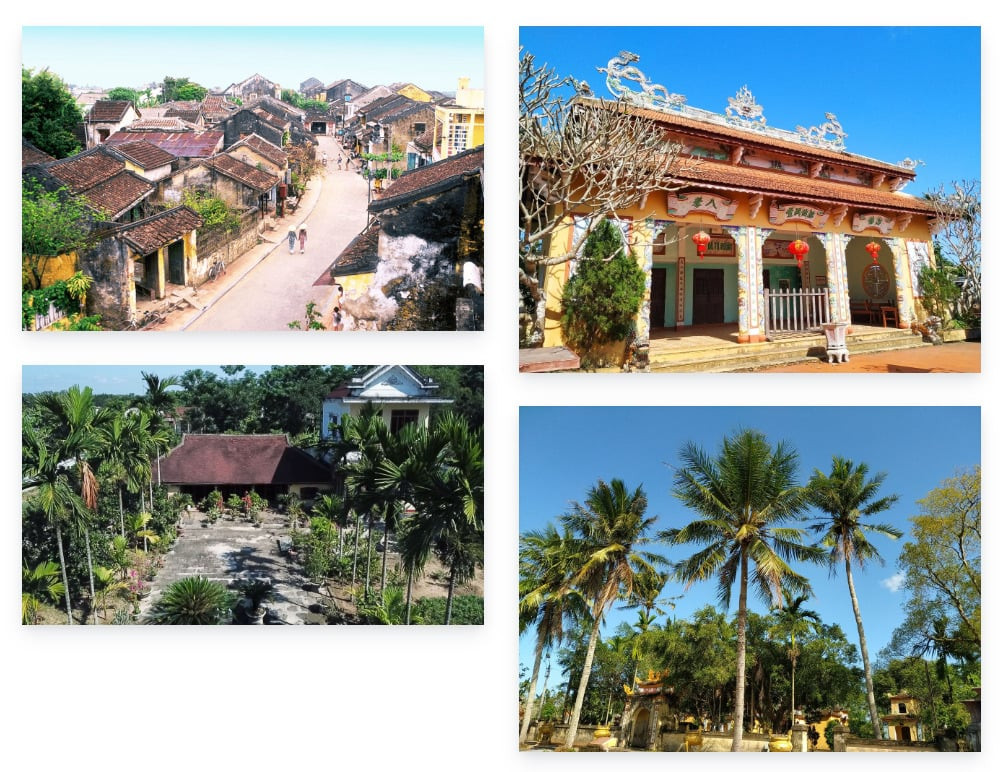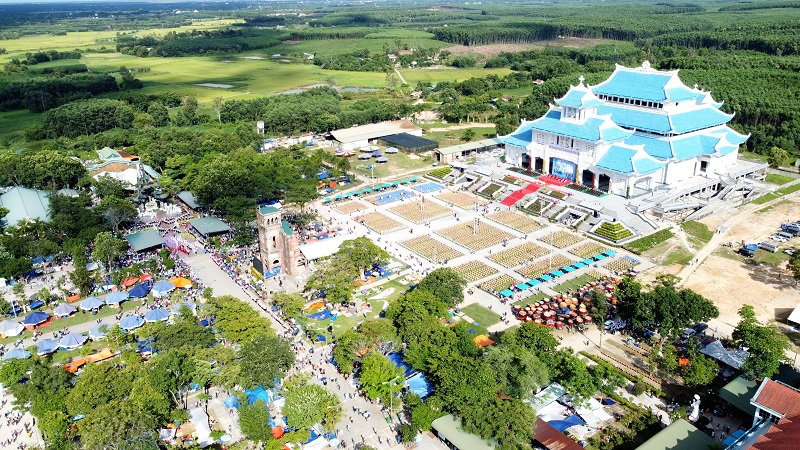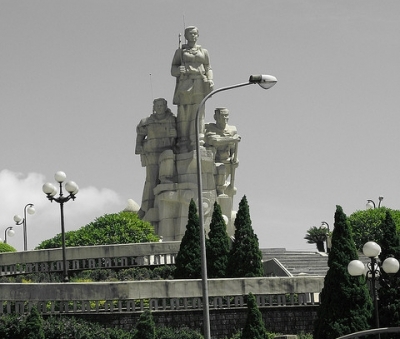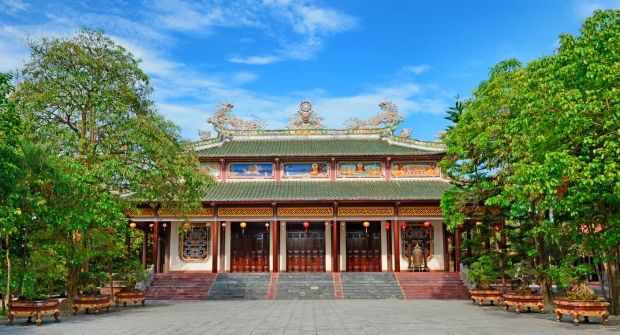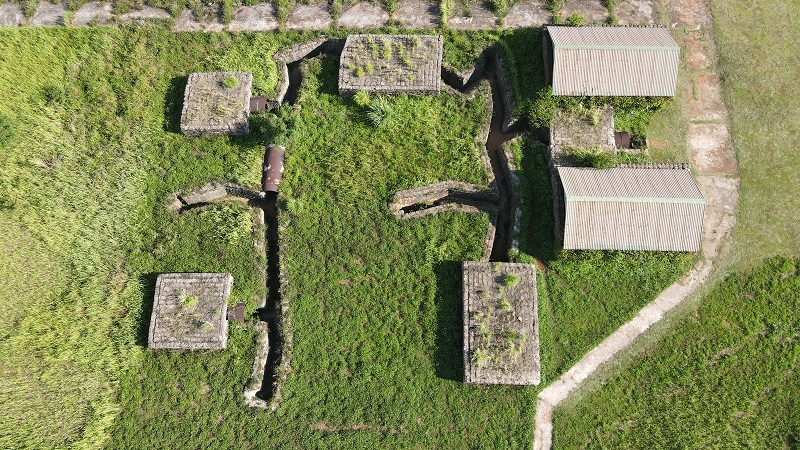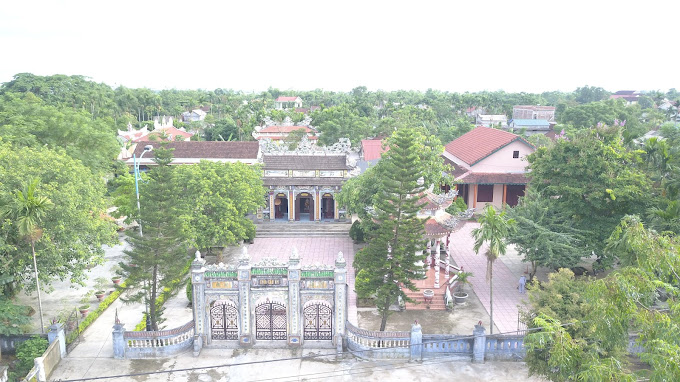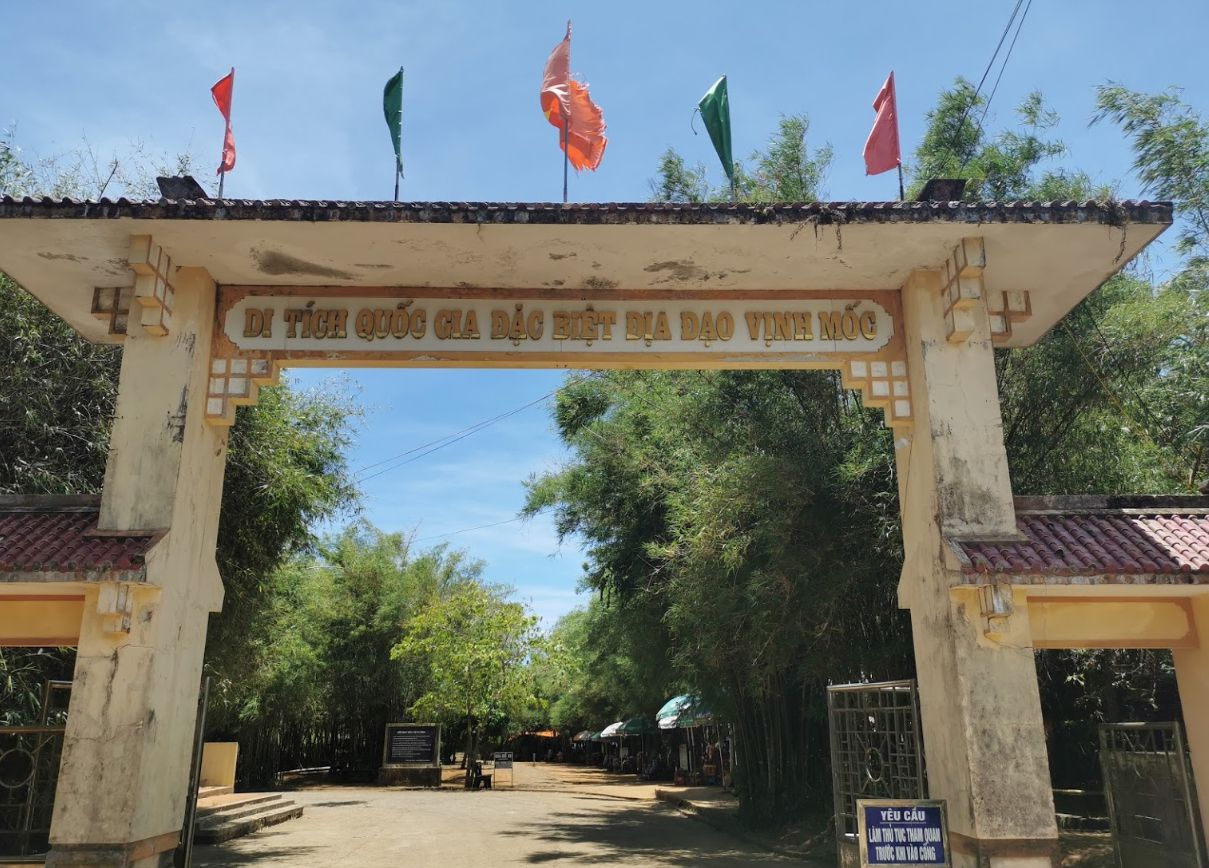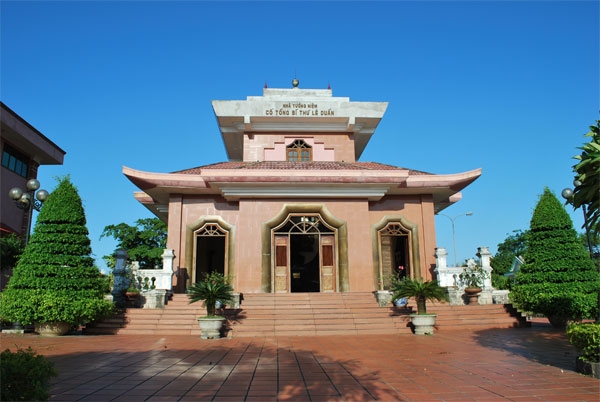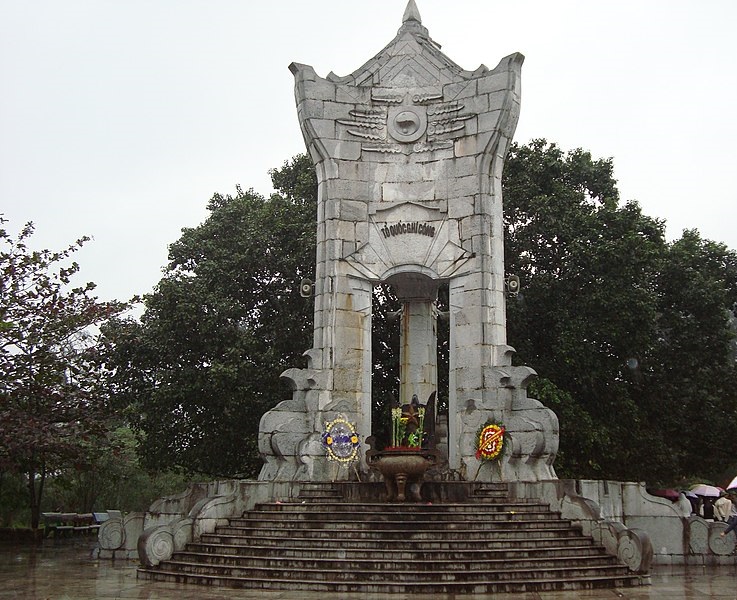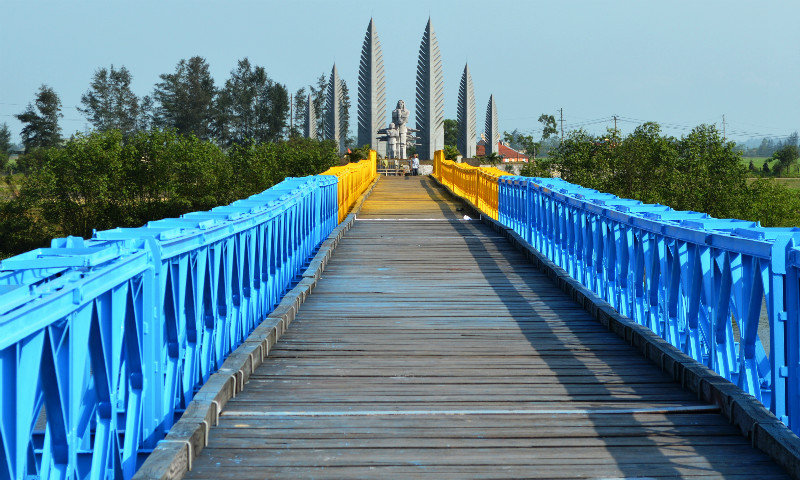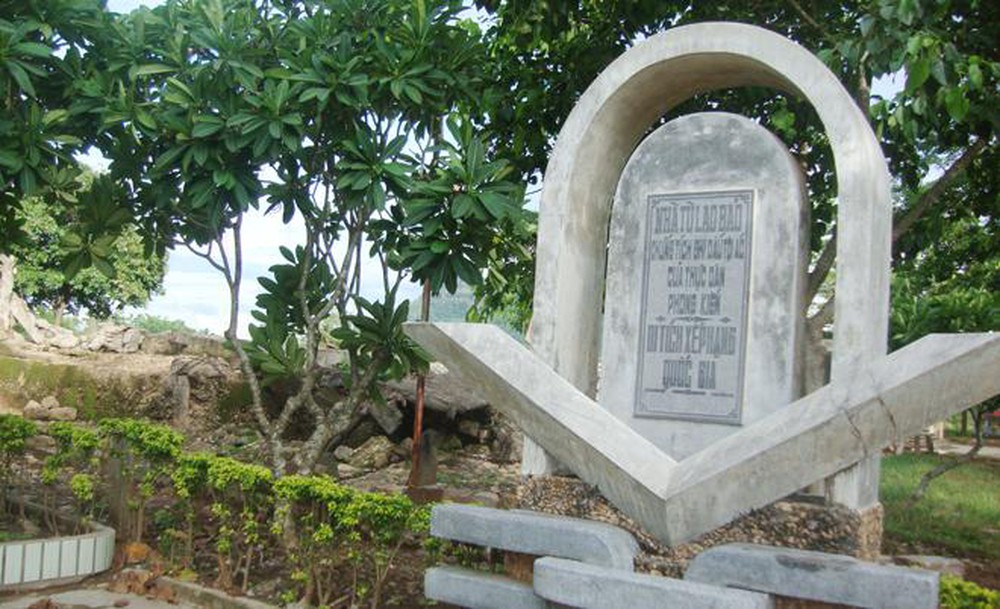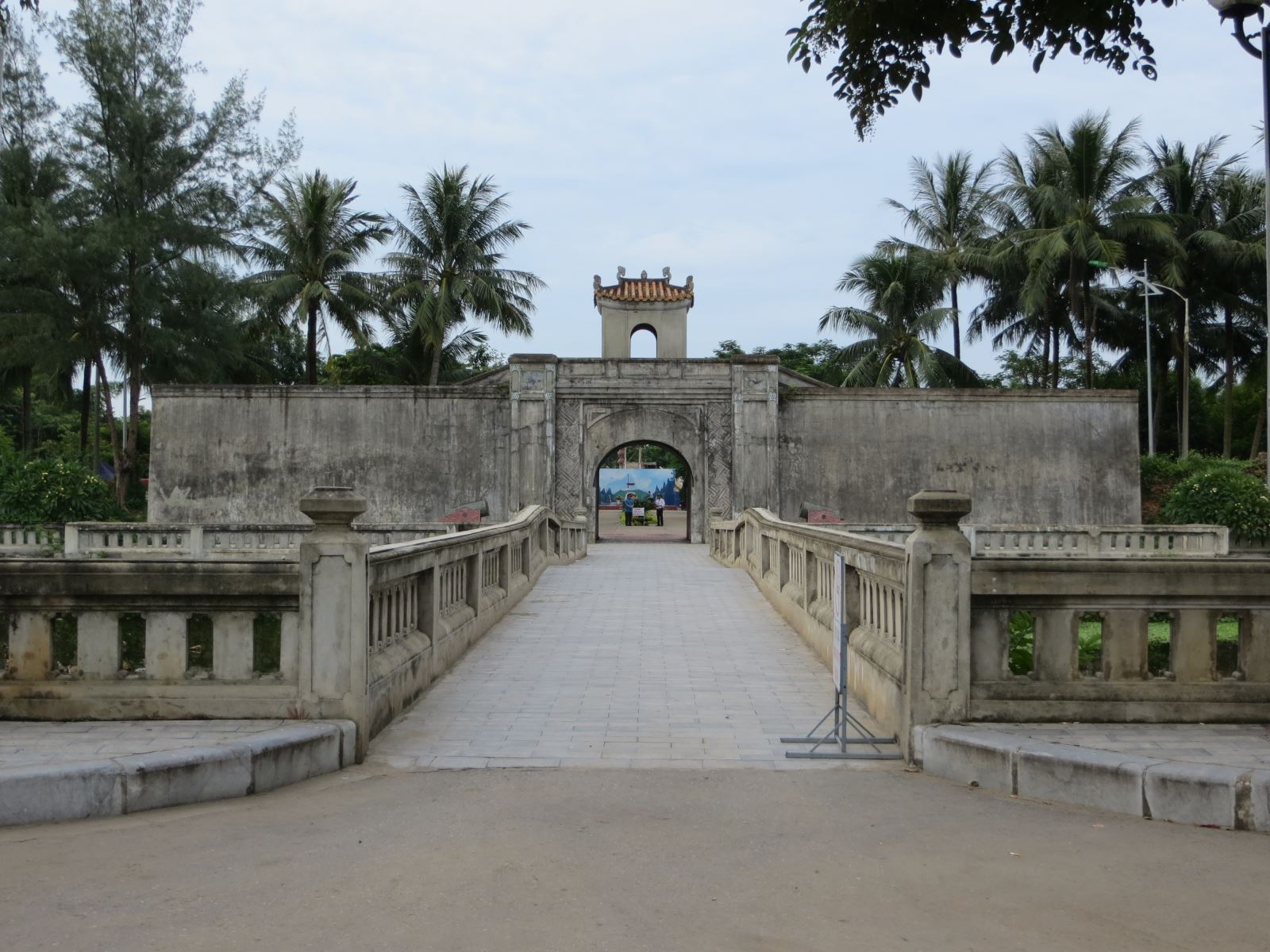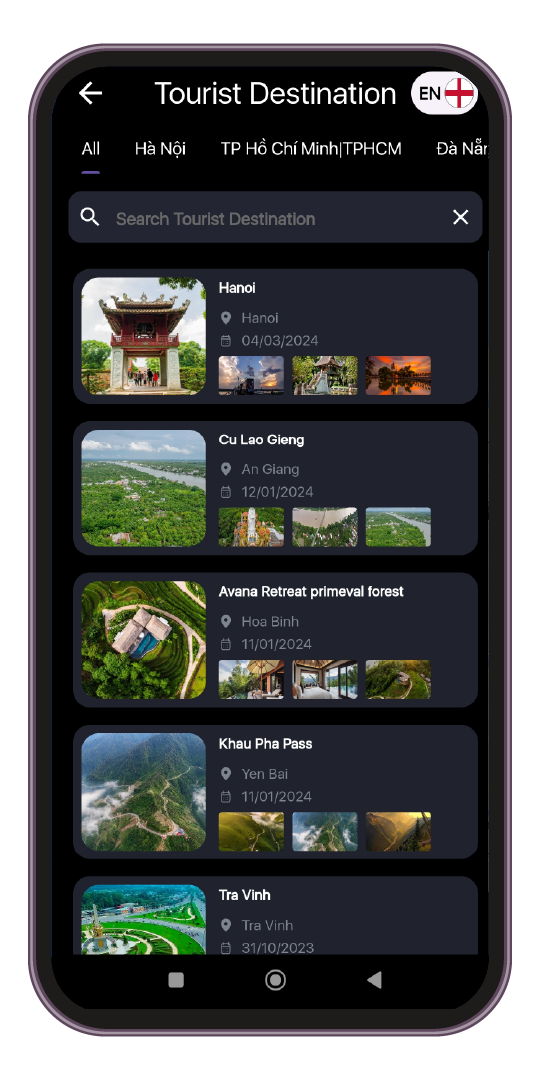With many beautiful scenes, attractive to those who love adventure to explore, along with the hospitality and unique culture of the Pa Co and Van Kieu ethnic people, Ta Puong waterfall is in Trang Ta Puong village, Huong Viet commune, Huong mountainous district. Hoa is one of the top destinations chosen by tourists when coming to Quang Tri. To get to Ta Puong waterfall, visitors have to go 60 km from Dong Ha city along National Highway 9 (East - West Economic Corridor) up to Khe Sanh town (Huong Hoa district), turn onto Ho Chi Minh road about 50 minutes. km to reach the center of Huong Viet commune, go a few more kilometers to reach Trang Ta Puong village. Although it is far away, during the long journey, visitors will feel the wild and majestic beauty of the mountains and forests as well as the bustling and integrated appearance of the country in the period of international cooperation through the busy convoys on the road. East West Economic Corridor. From Ho Chi Minh Road to Ta Puong waterfall, visitors will pass through Trang Ta Puong village with peaceful stilt houses of the Pa Co and Van Kieu ethnic people. From Trang Ta Puong village, going to Ta Puong waterfall, visitors will pass through a primeval forest with many ancient trees that some people cannot hug. Ta Puong Waterfall is a scenic cluster consisting of 1 cave and 2 waterfalls: Ta Puong Cave is located at a height of about 10 m wide and penetrates deep into the mountain about 200 m. In the cave there are many beautiful stalactites and water, the cave can Can accommodate up to 200 people. According to many elders living in Trang Ta Puong village, during the war, Ta Puong cave not only let people of the 5 villages in the commune take shelter, but also people from neighboring communes came for temporary shelter. Located about 1.5 km downstream from Ta Puong cave is Ta Puong 1 waterfall, a waterfall with a height of about 20 m flowing straight from halfway down the mountain through steep, dangerous cliffs, attracting visitors. to love adventure. Under Ta Puong 1 waterfall, there are many large rocks with strange and smooth shapes for visitors to rest and enjoy the majestic scenery while breathing fresh, naturally cool air. About a 20-minute walk downstream from Ta Puong 1 waterfall is Ta Puong 2 waterfall. This is also a favorite entertainment spot for tourists when immersing themselves in the cool water in a lake of about 5,000 m2, the deepest part is about 5,000 m2. 10 meters down from the waterfall, the lake water is so clear that you can see the bottom of the lake. People who know how to swim can enjoy swimming and diving here to relieve the intense summer heat. People who don't know how to swim can row boats or rafts to the middle of the lake to enjoy the beautiful scenery here. Currently, on average there are hundreds of tourists every day, most of whom are young people who like to explore and conquer challenges. To ensure security and order and also to attract tourists to visit the waterfall, Huong Viet Commune People's Committee has mobilized police and militia forces to regularly patrol to ensure security and order; Propaganda for tourists to put trash in the right place, ensure environmental hygiene and not to light fires to prevent fire and explosion. The commune has also mobilized households in Trang Ta Puong village to actively help and support tourists with directions to the tower. Thanks to that, visitors will be absolutely safe when coming to Ta Puong waterfall, enjoying moments of refreshment, relaxation and peace here. Ms. Cao Quynh Nhu, from Khe Sanh town, Huong Hoa district, who was playing with a group of friends at the waterfall, said: The air here is very fresh and cool. On holidays and New Year, we often come here to rest and regain our spirit to continue working. Coming to Ta Puong waterfall, visitors will have many opportunities to visit, explore and learn about unique and poetic landscapes, landscapes and historical relics located around Ta Puong waterfall such as: Brai Cave, Sa Mu pass, Ta Con airport, Lao Bao exile house, Lao Bao special economic and trade zone...
Quang Tri 1692 view November to April
Ngày cập nhật : 15/03/2023


 vn
vn en
en ja
ja ko
ko zh
zh


















